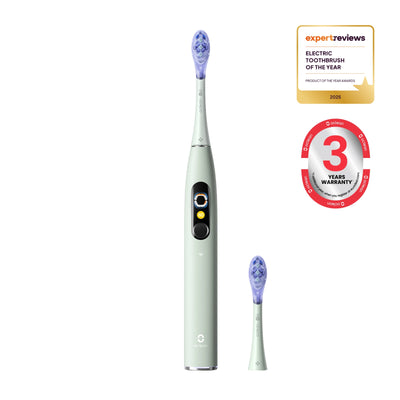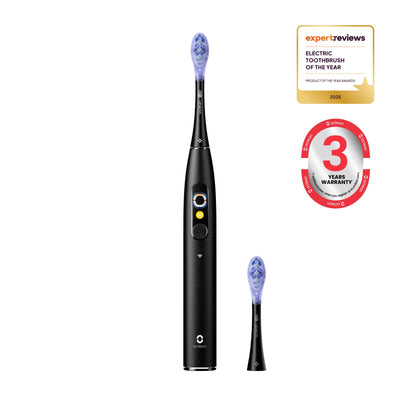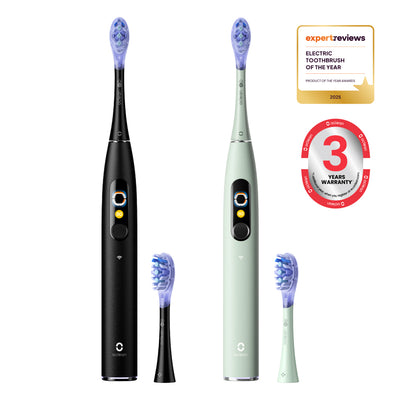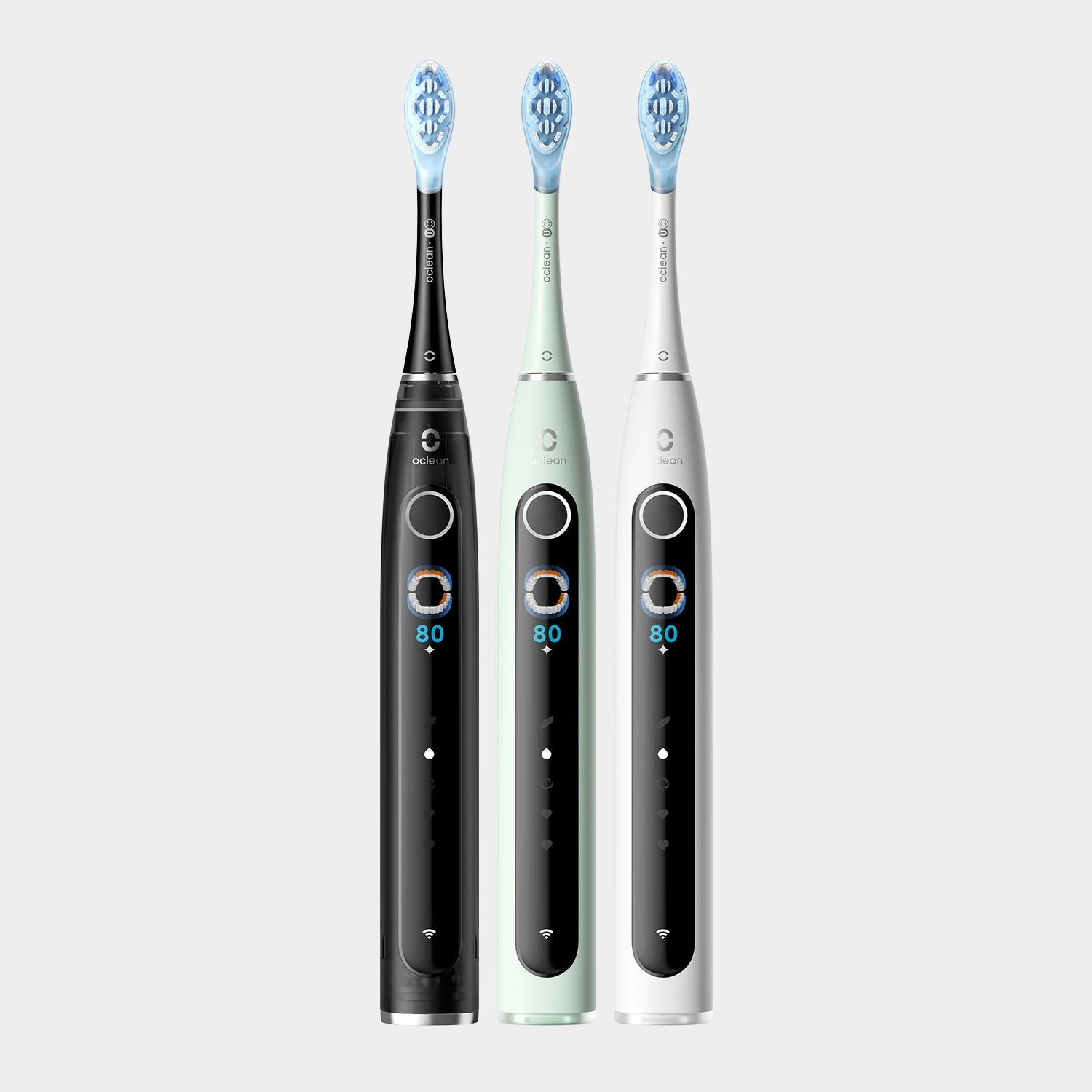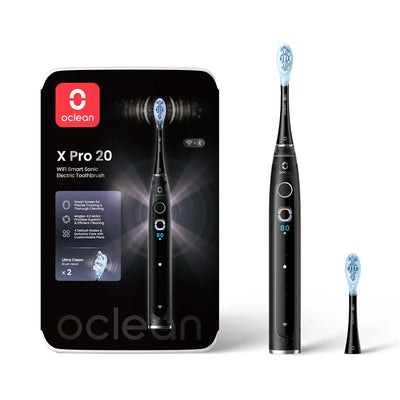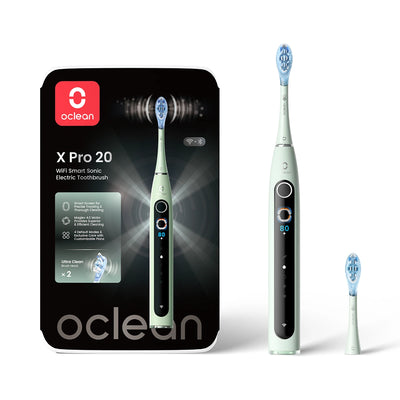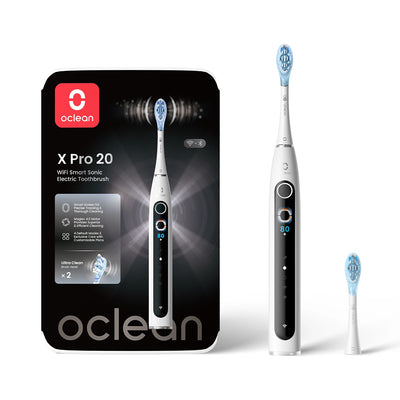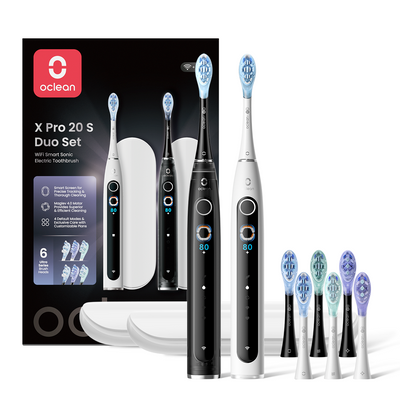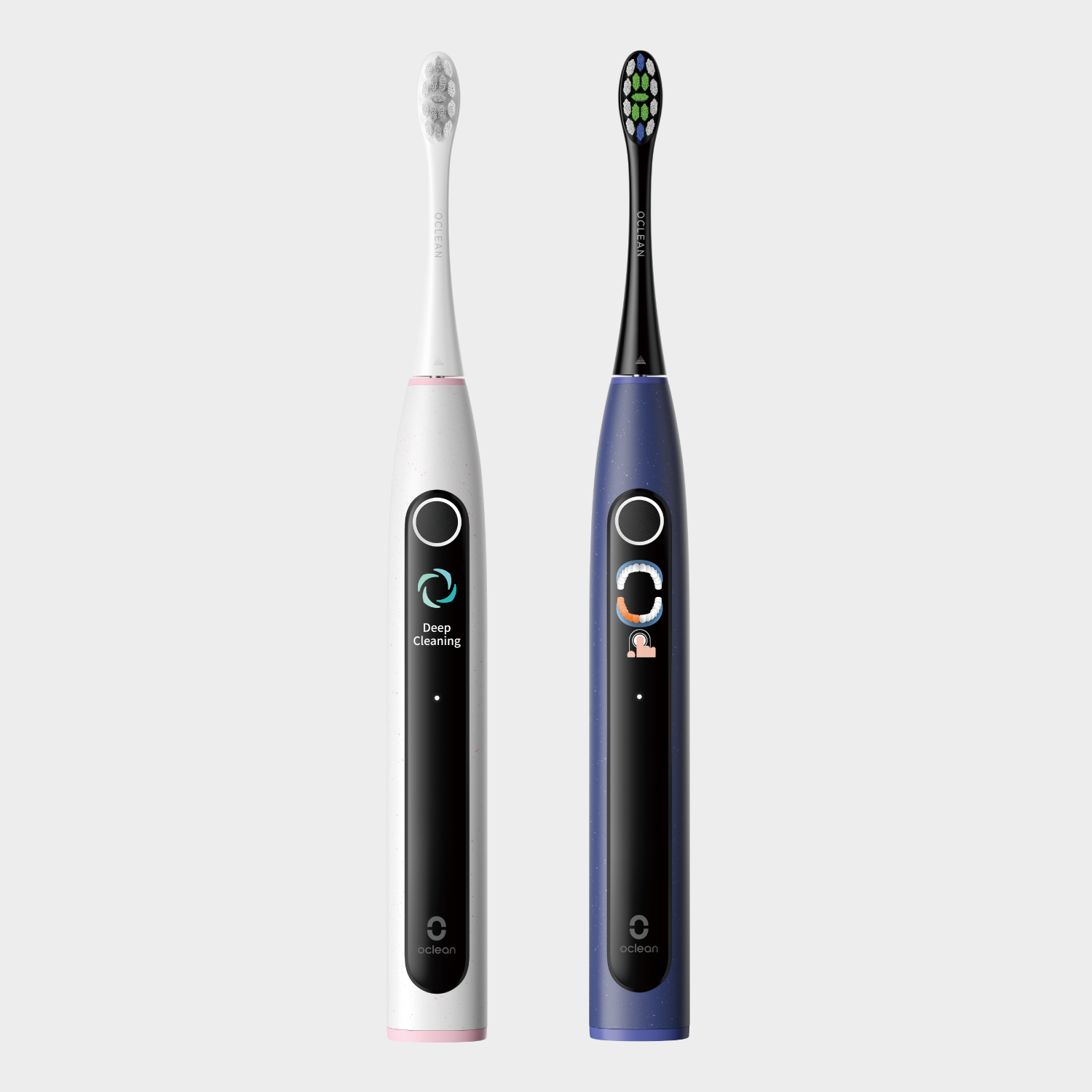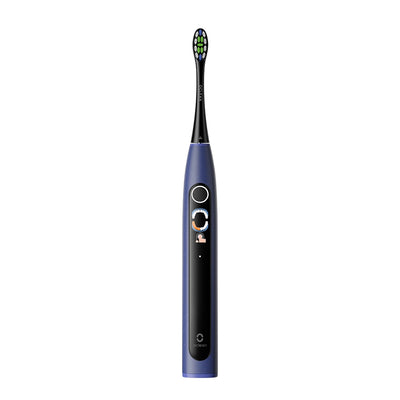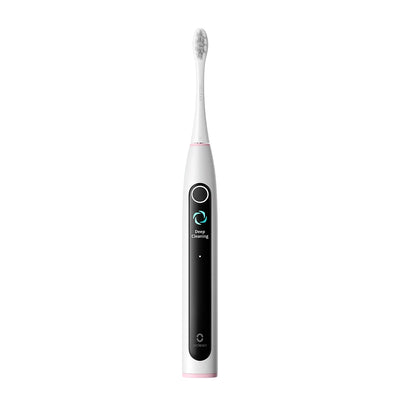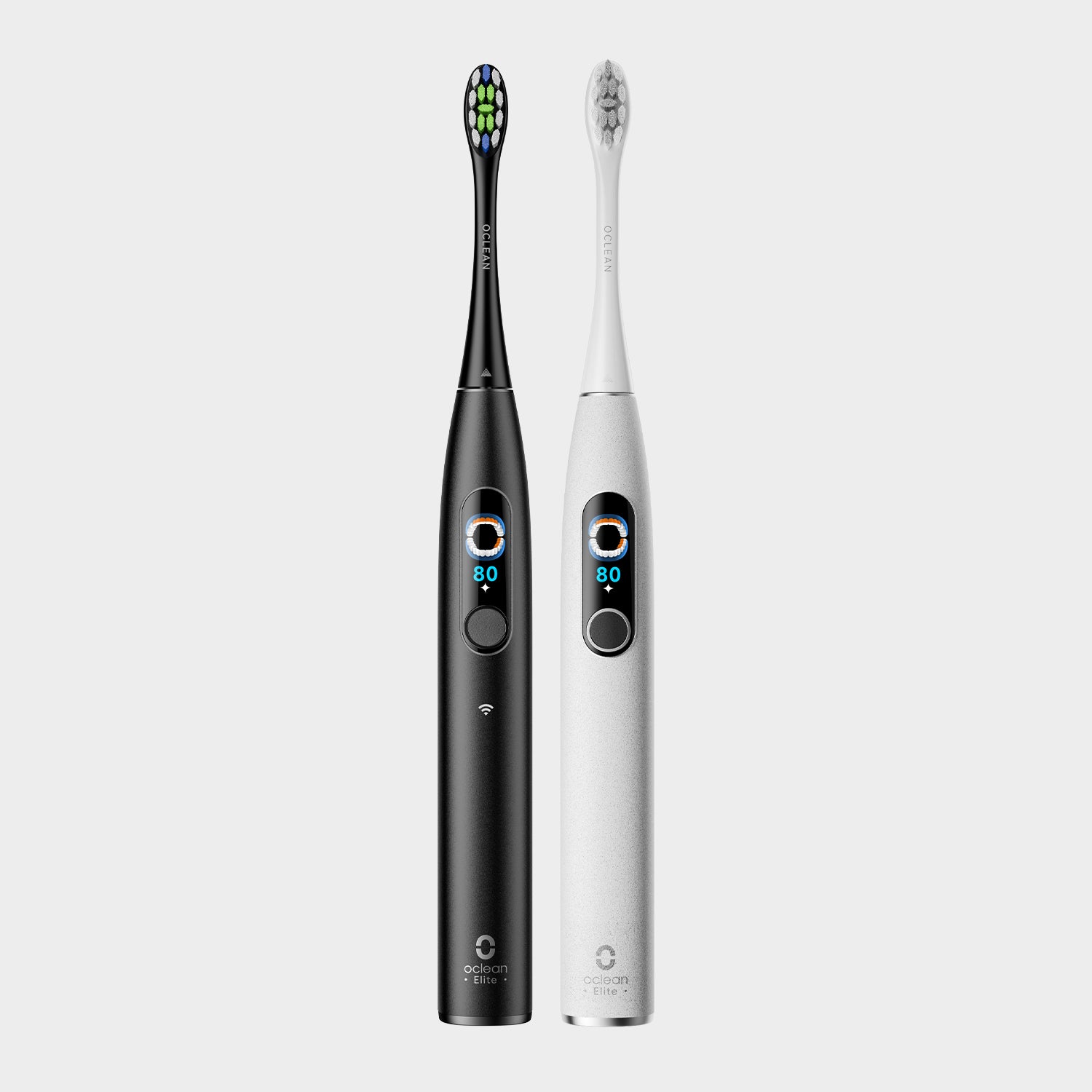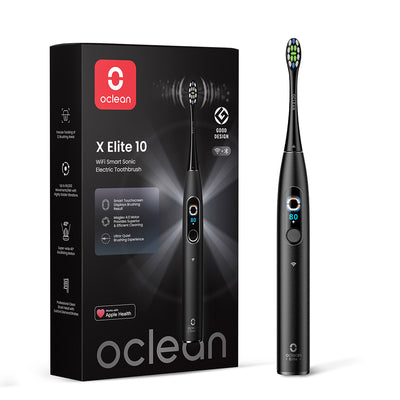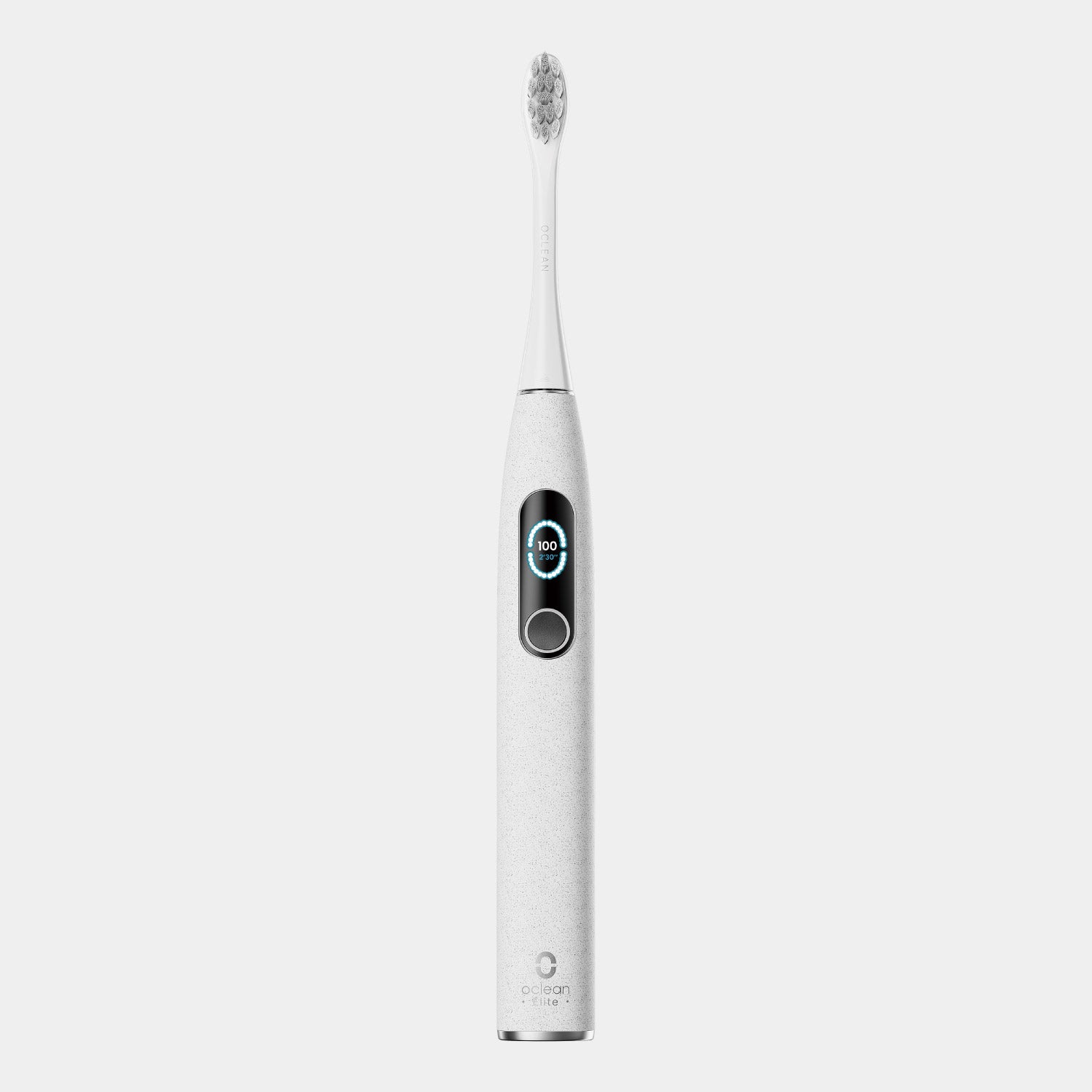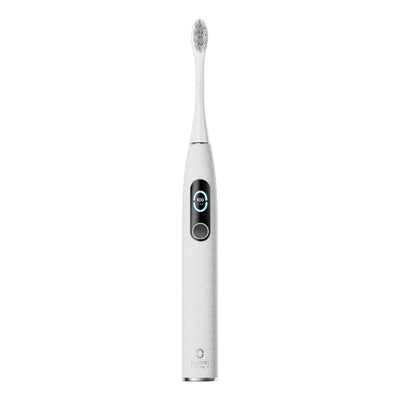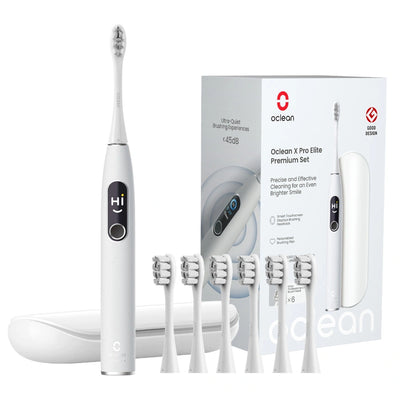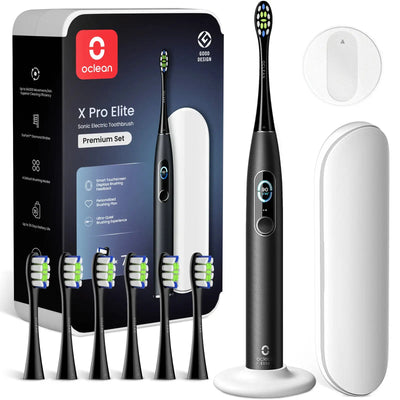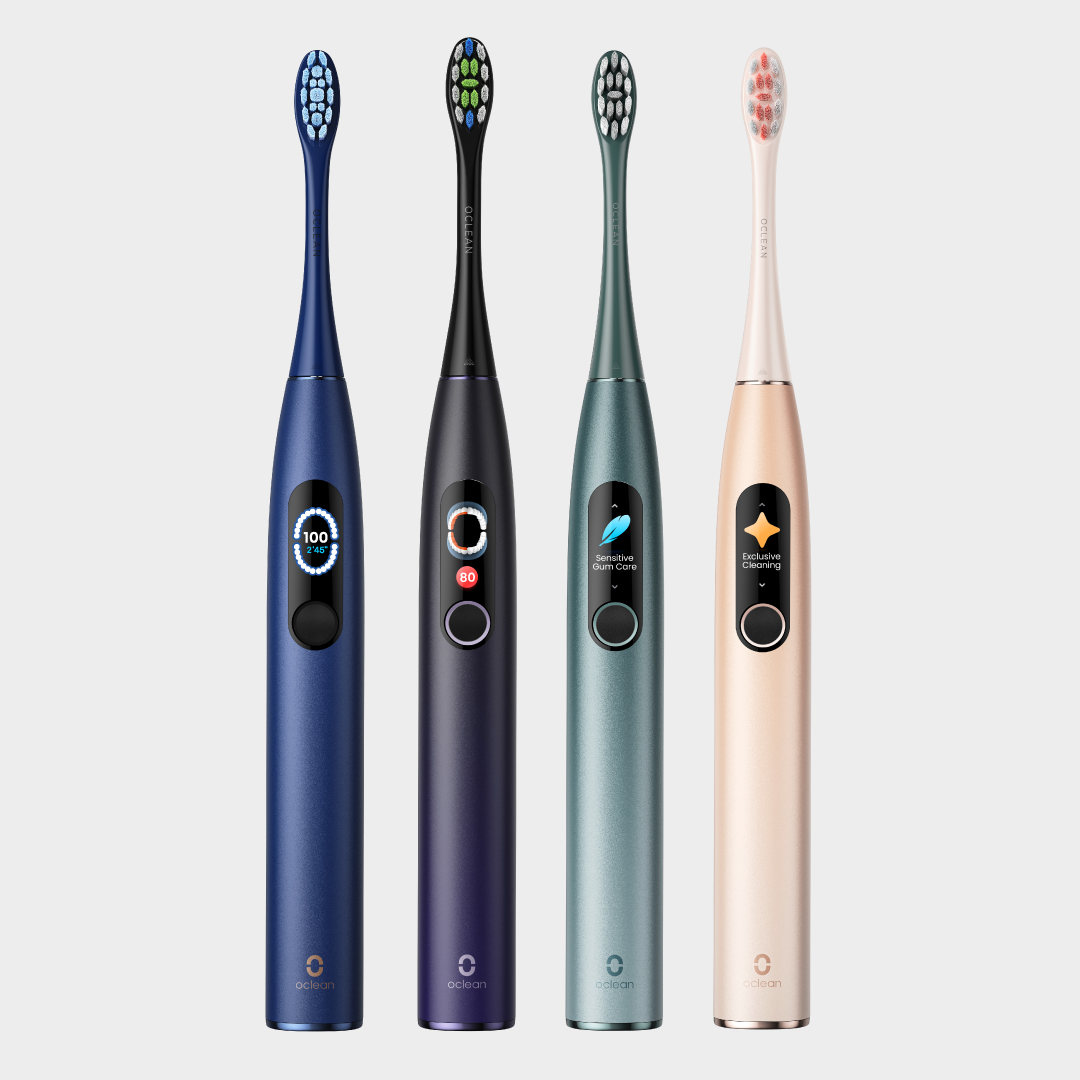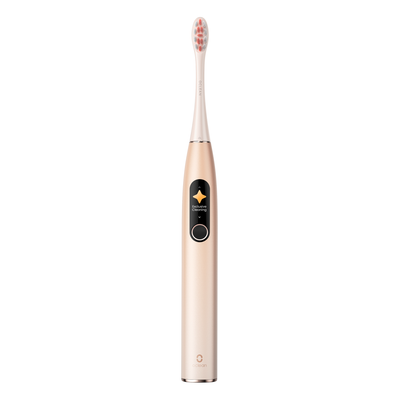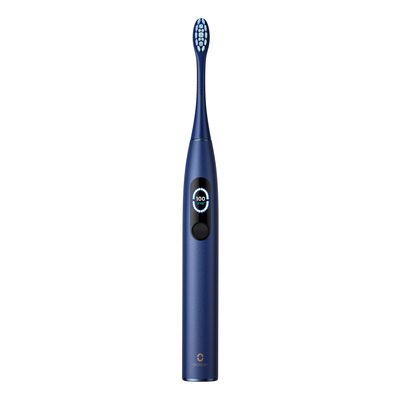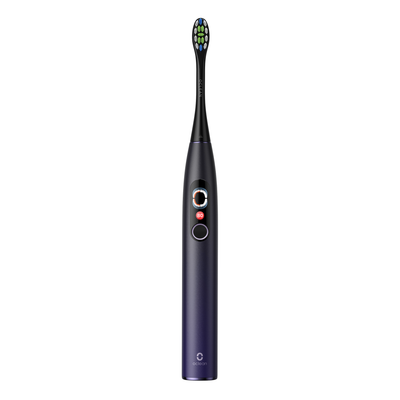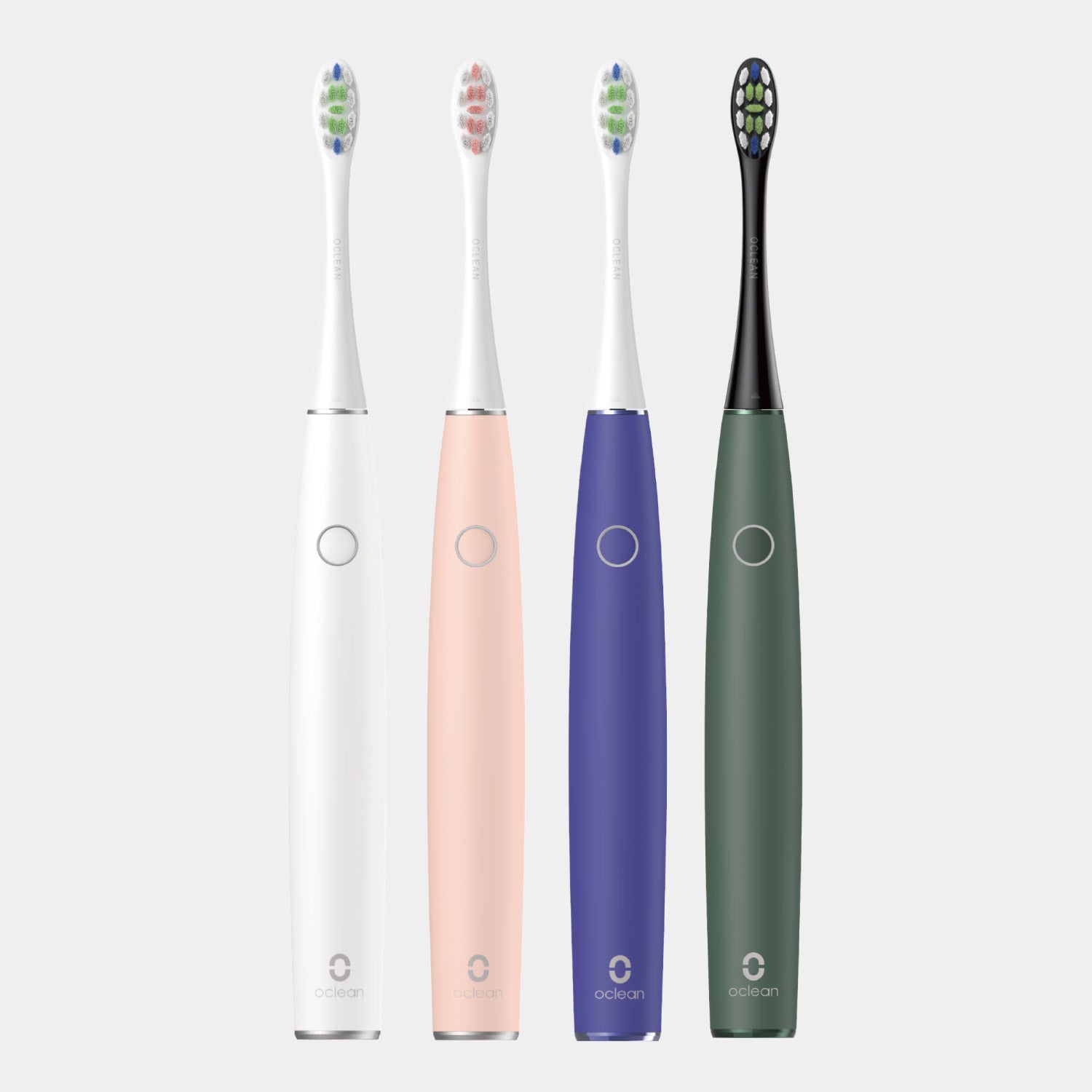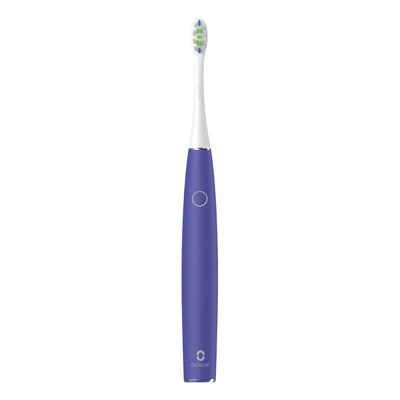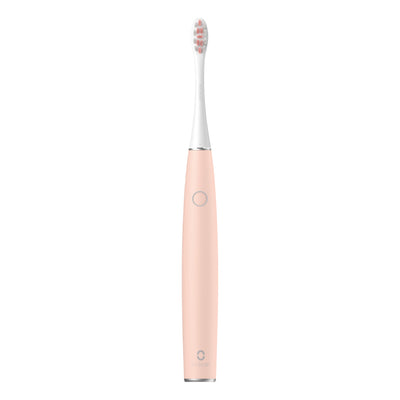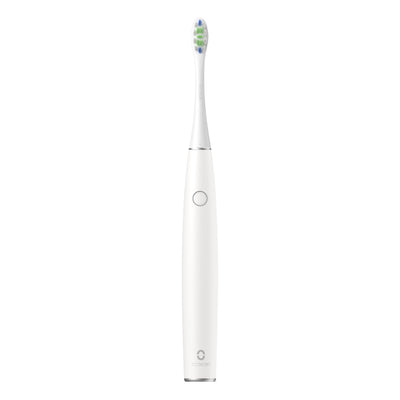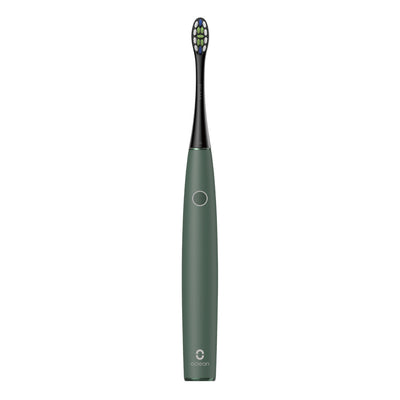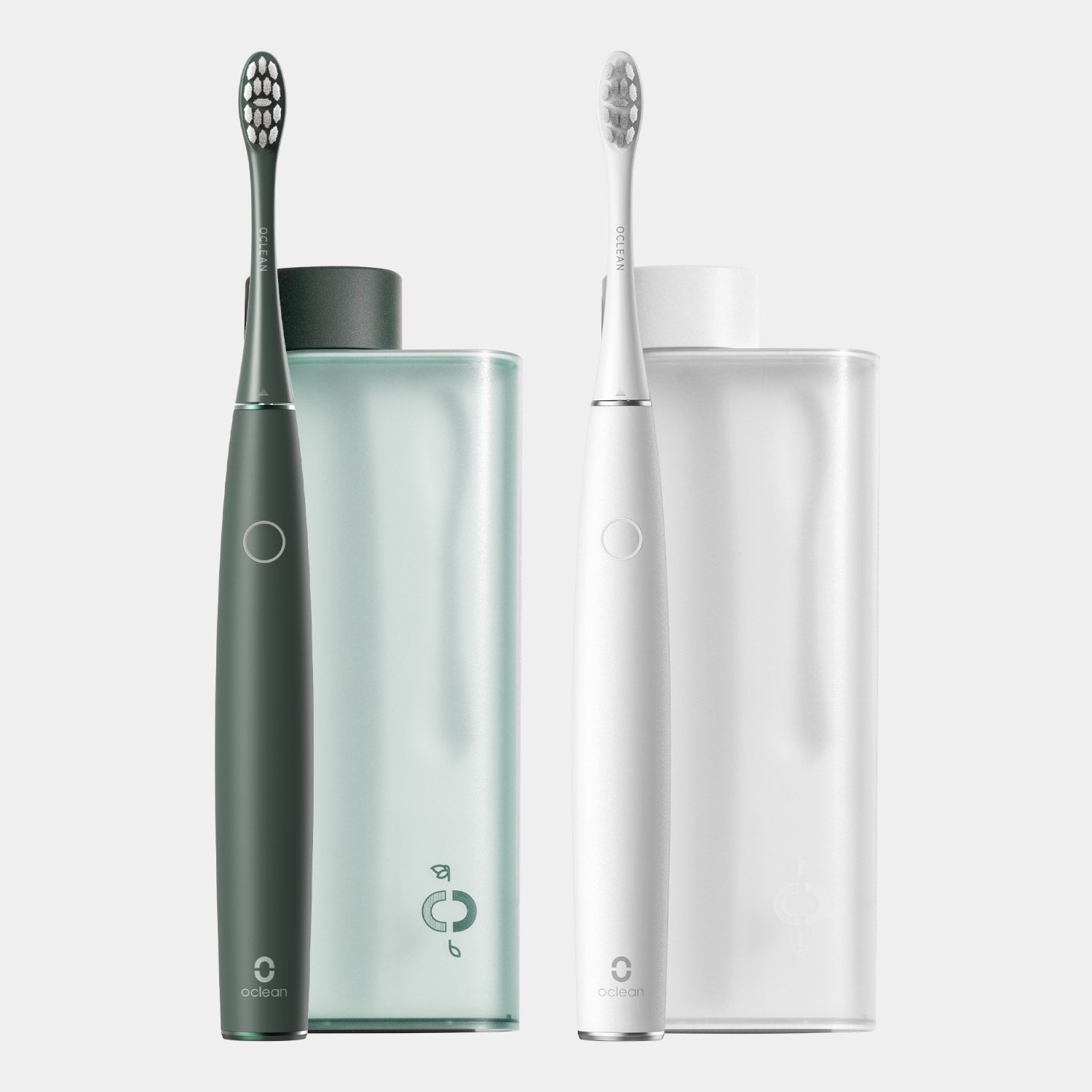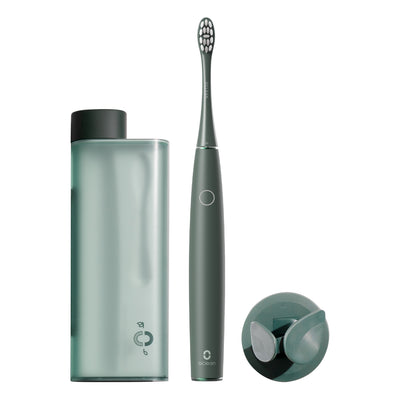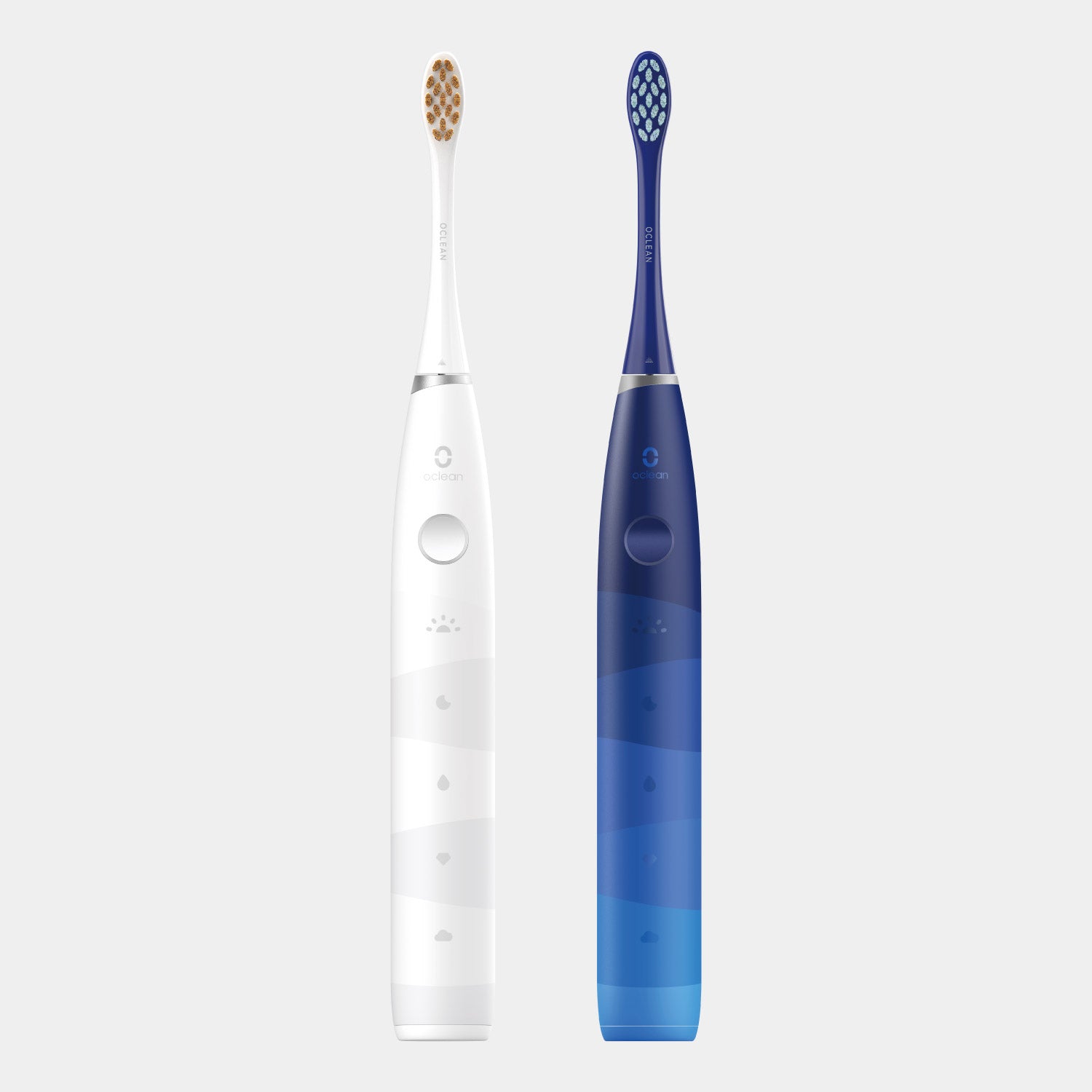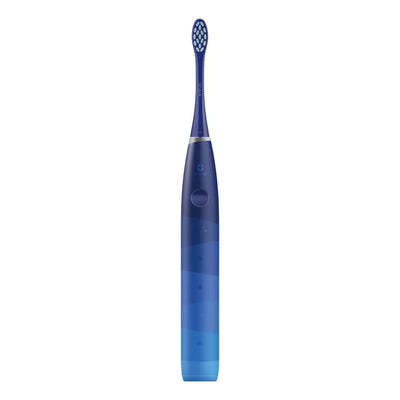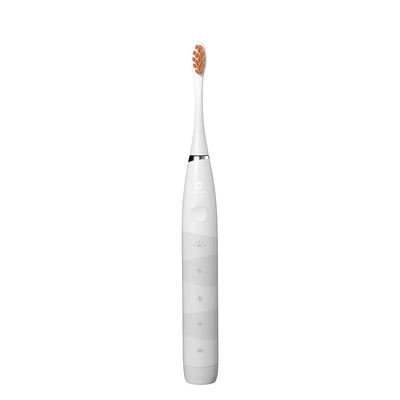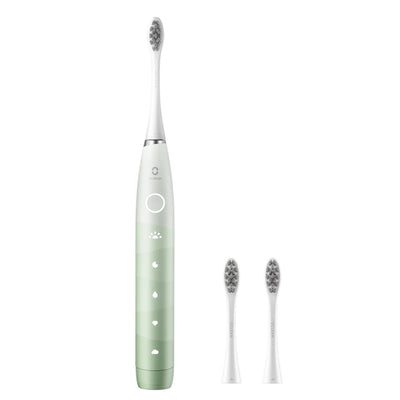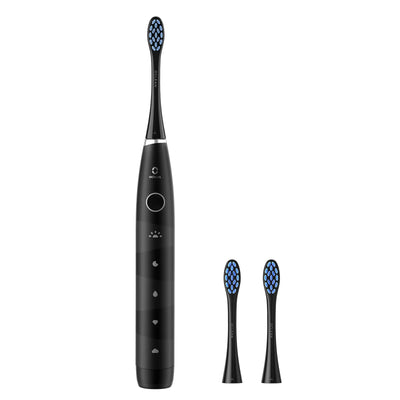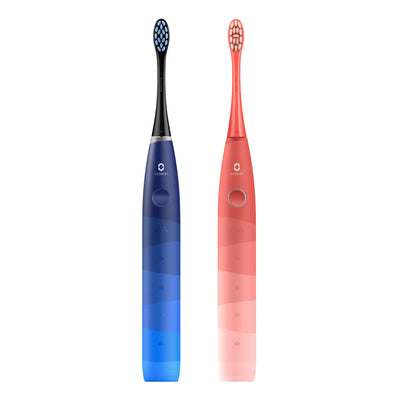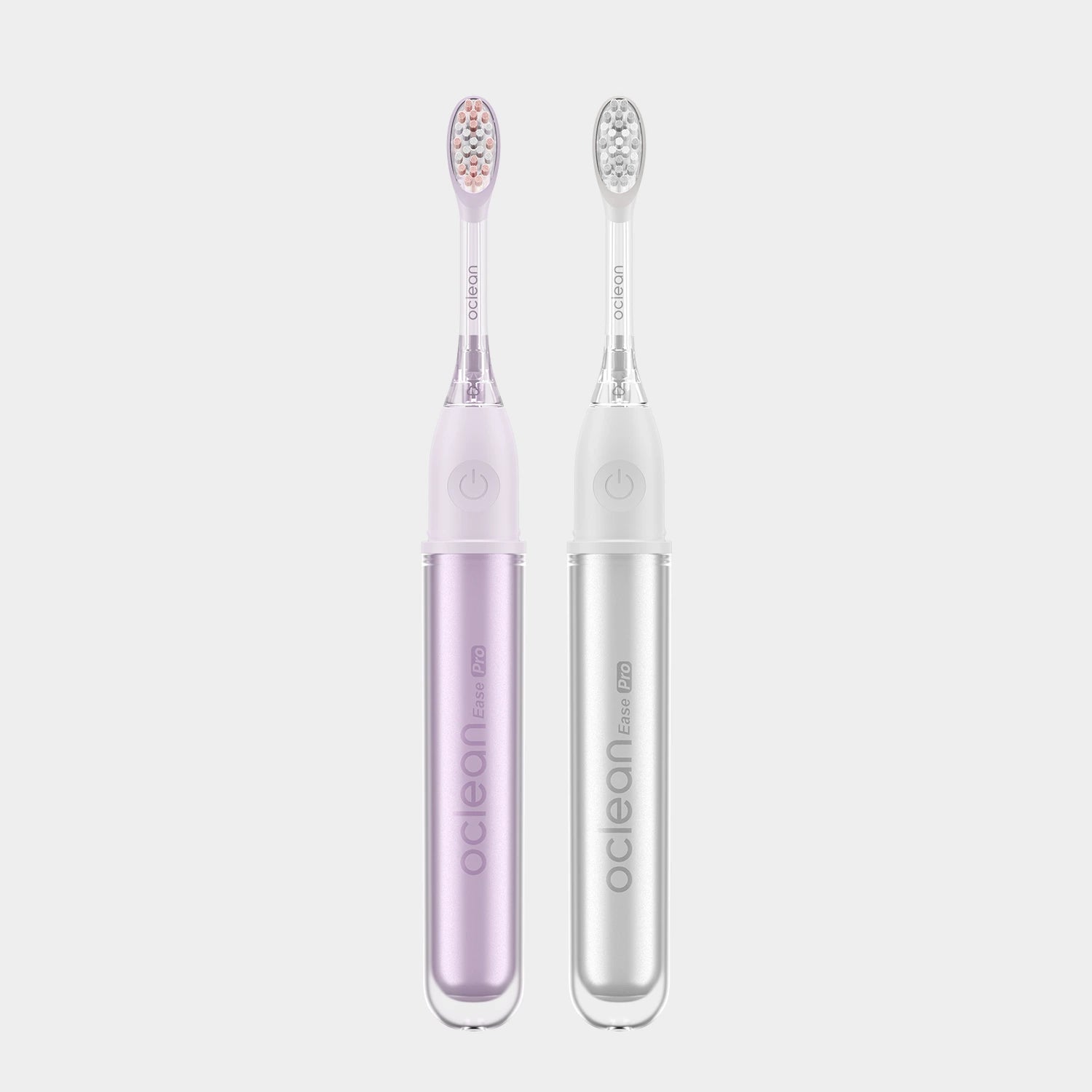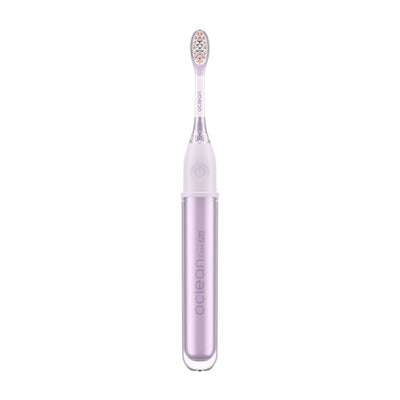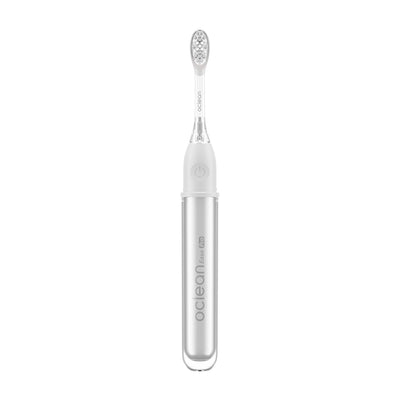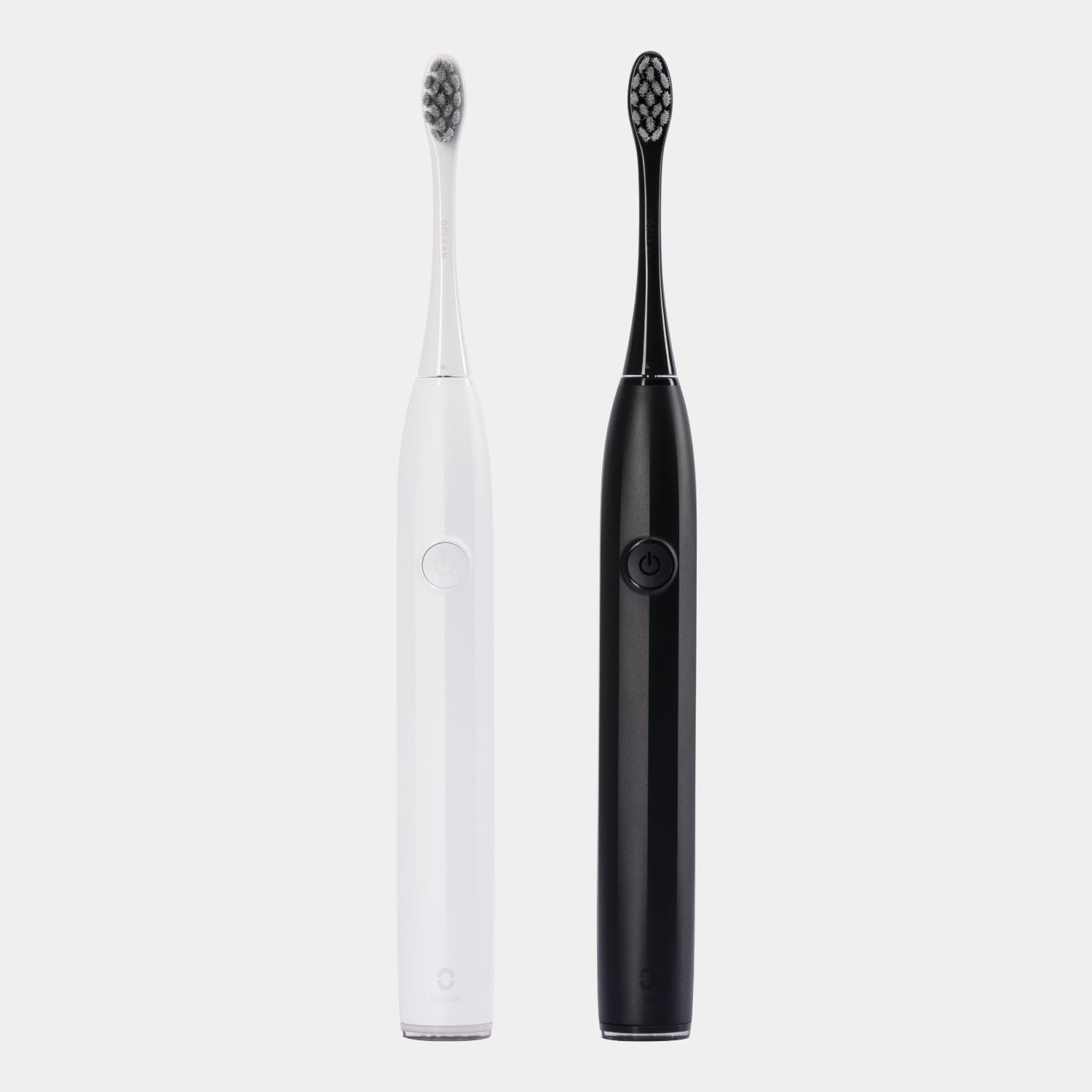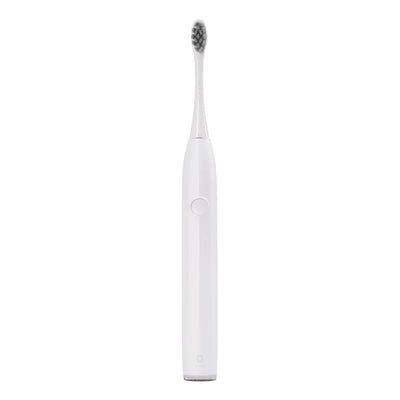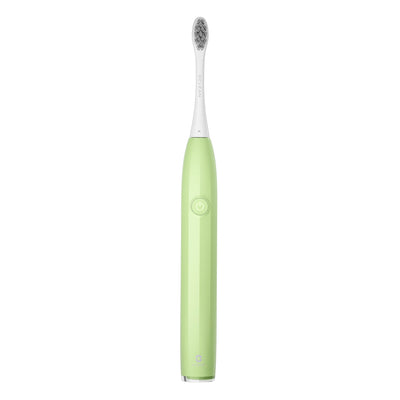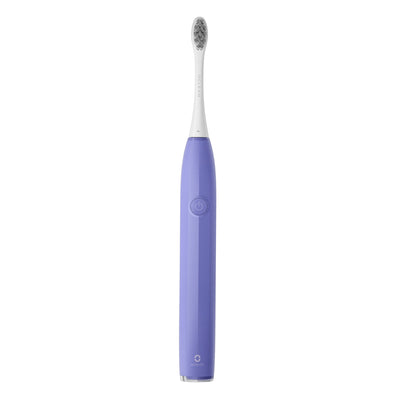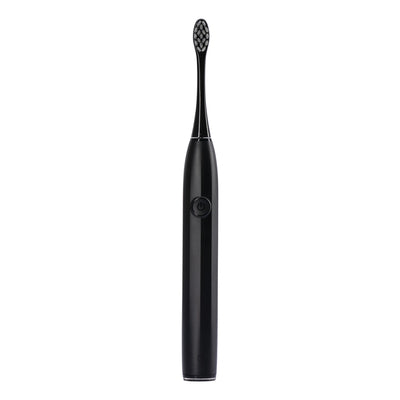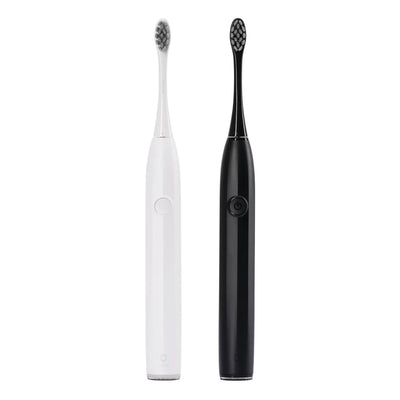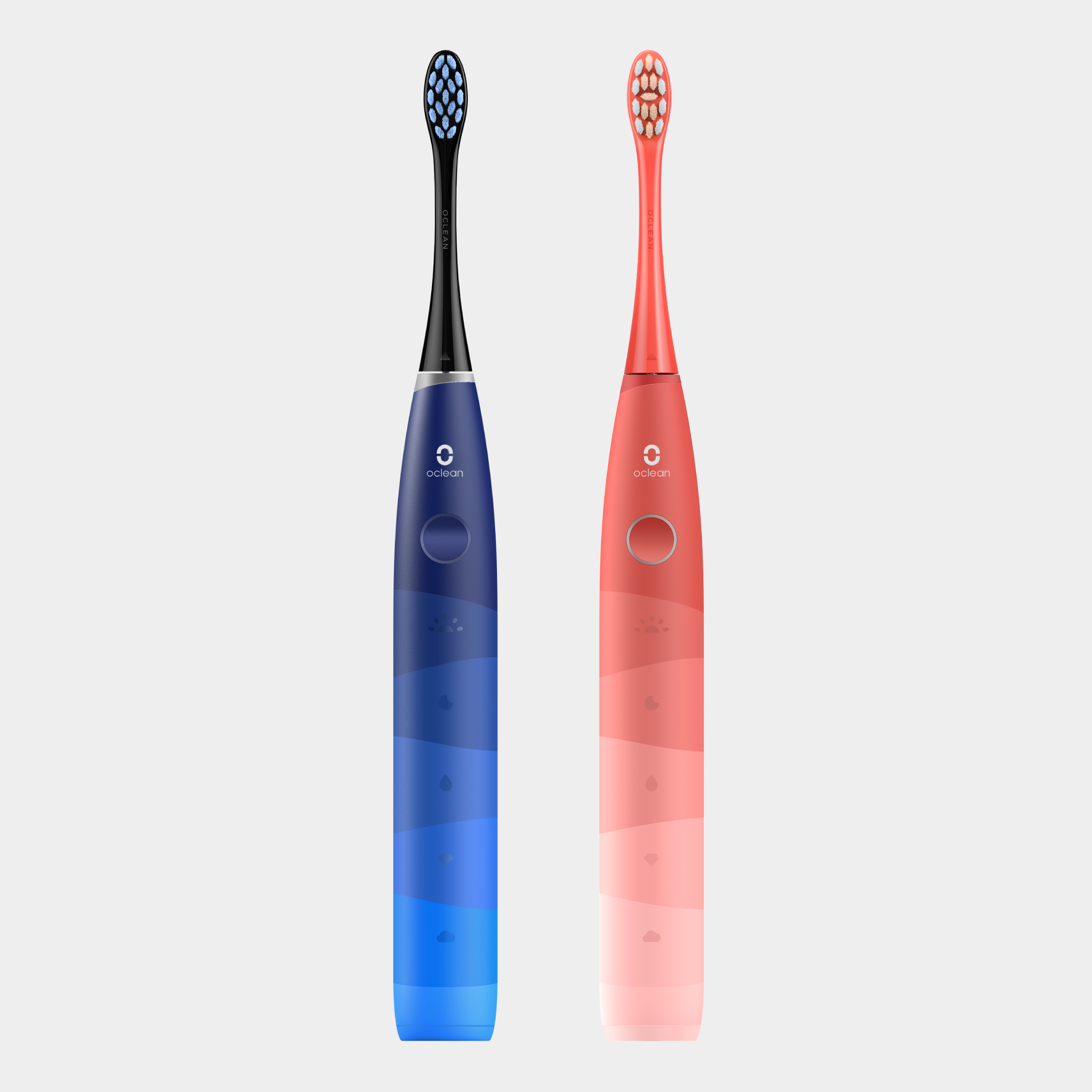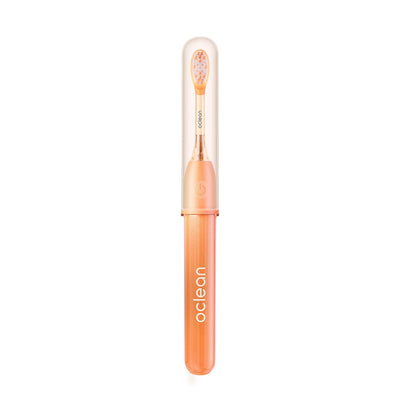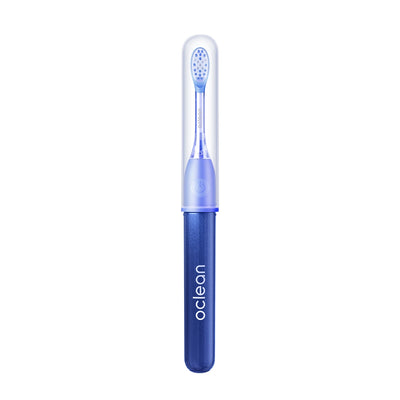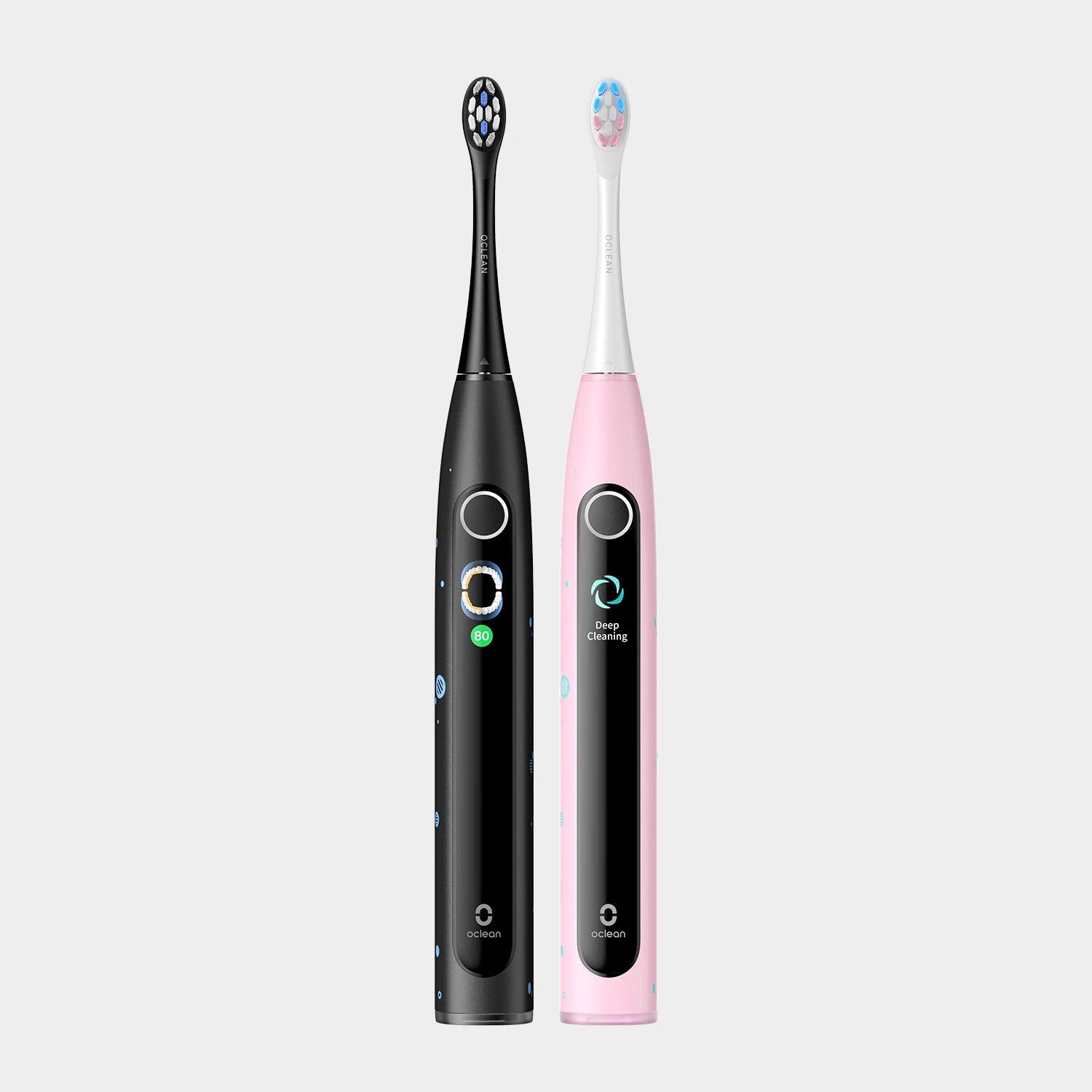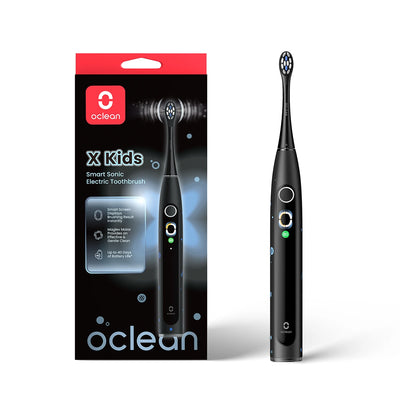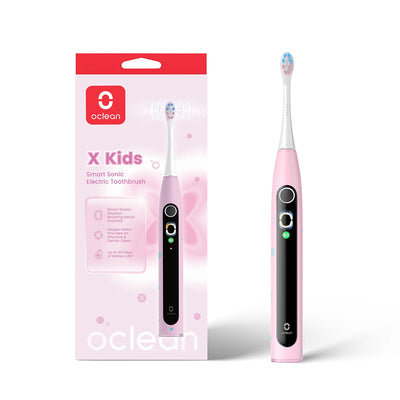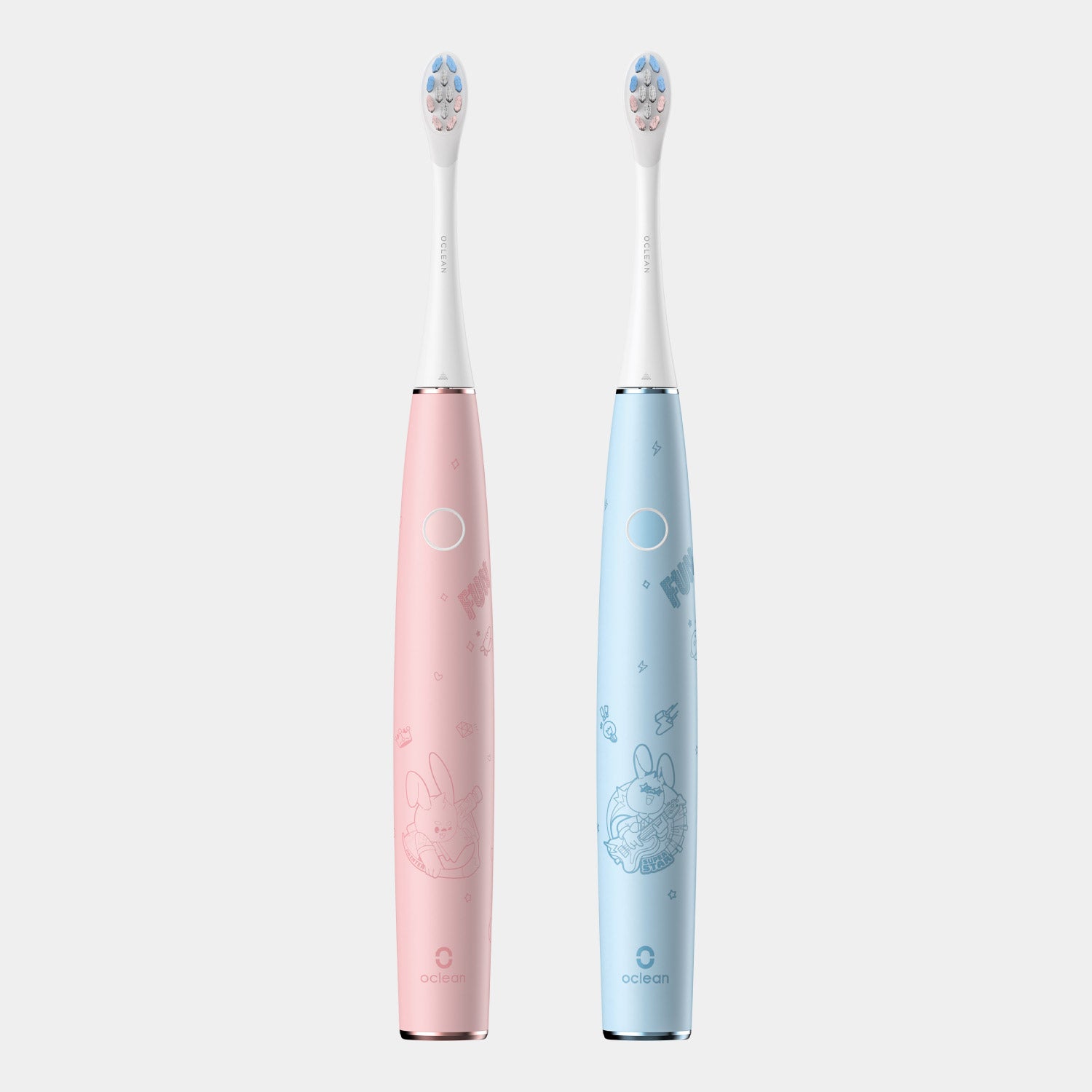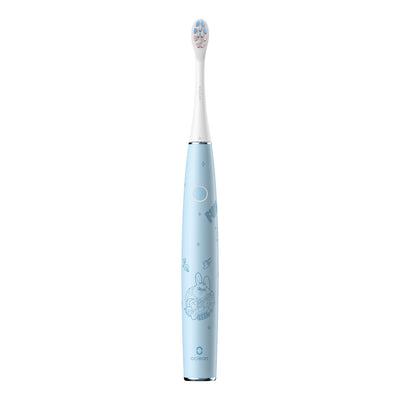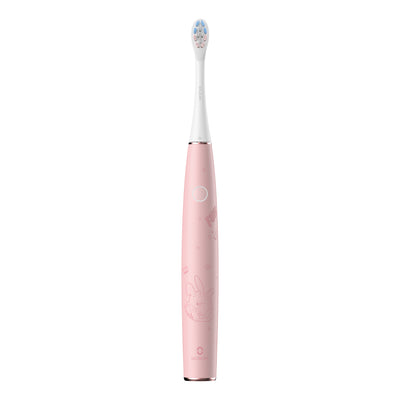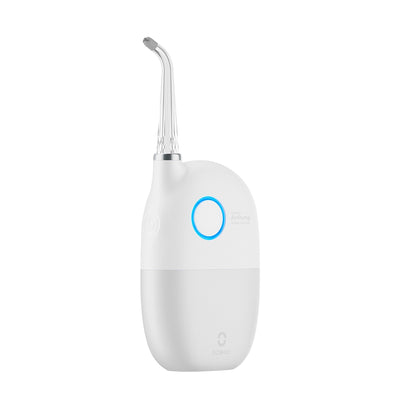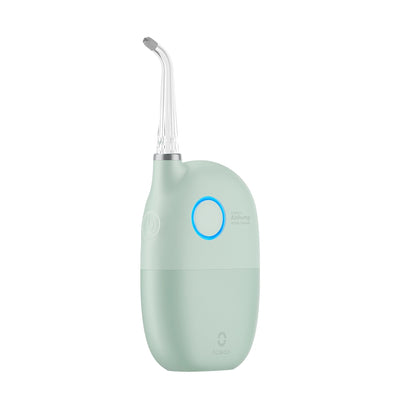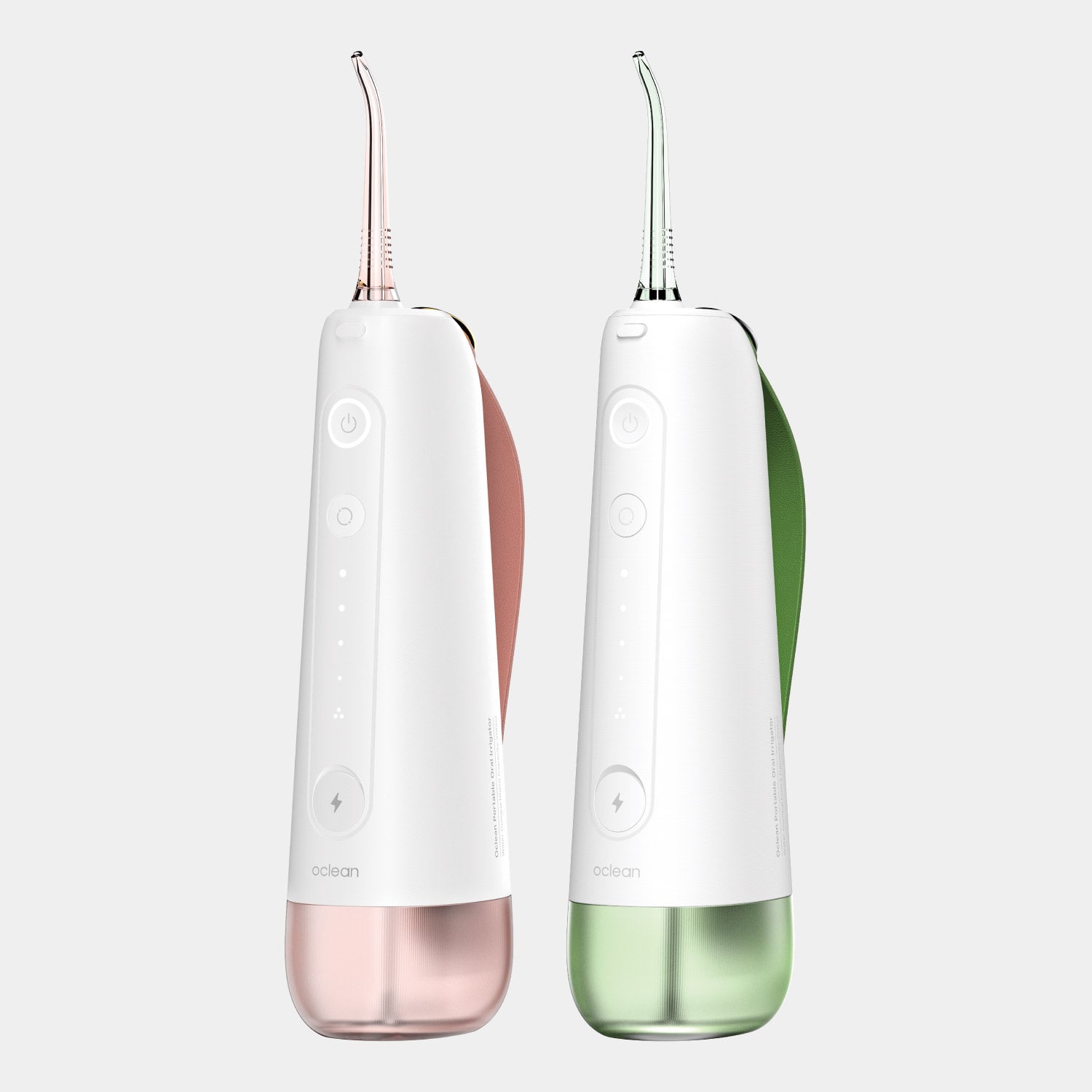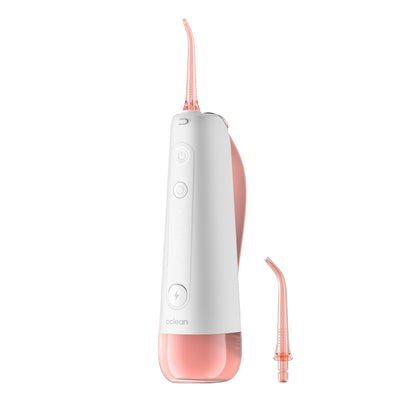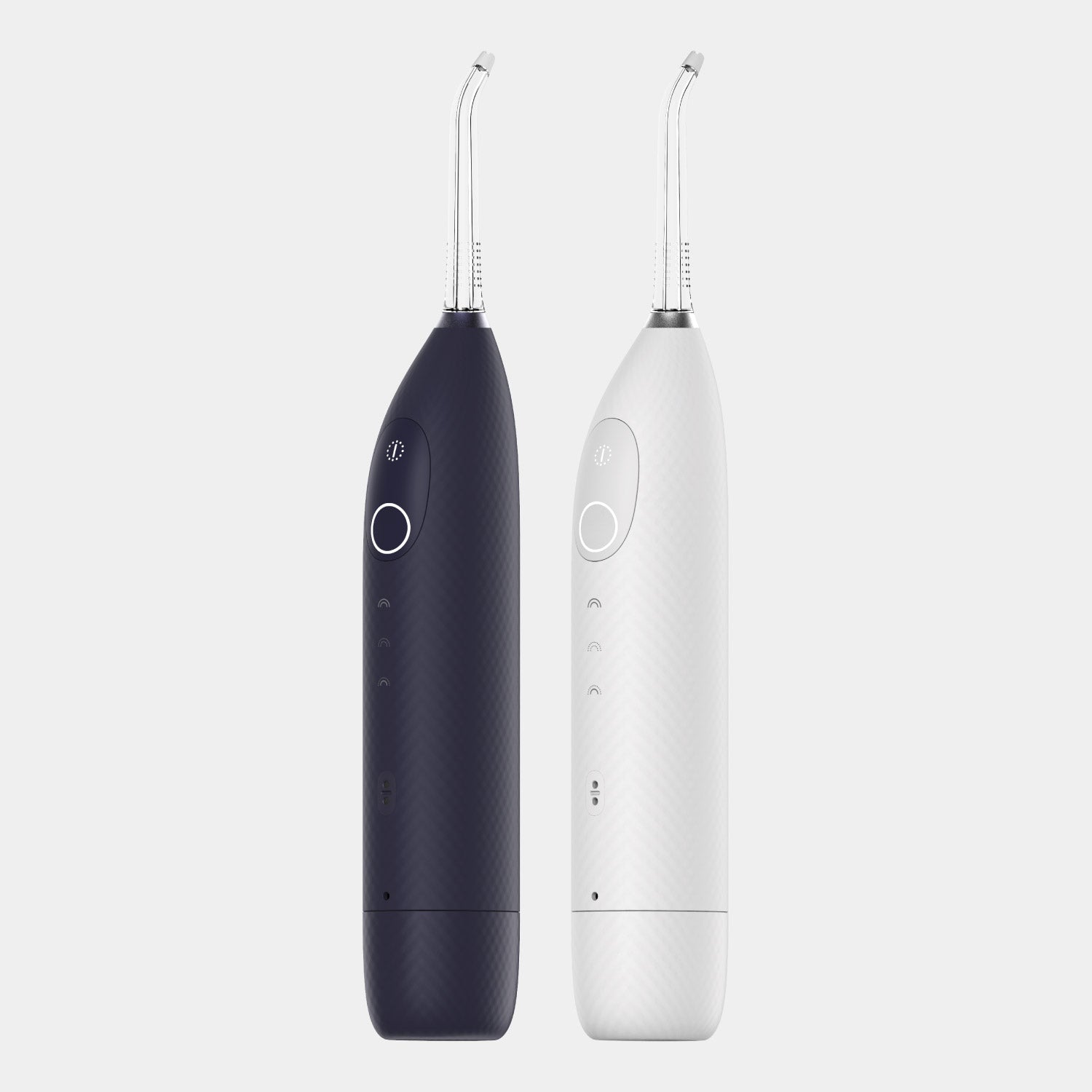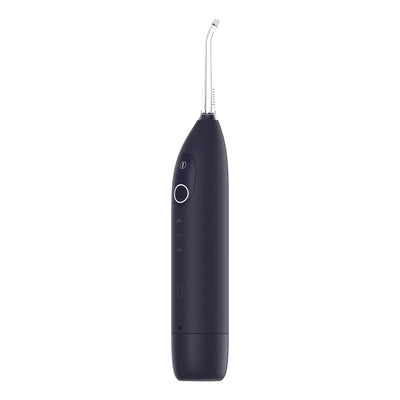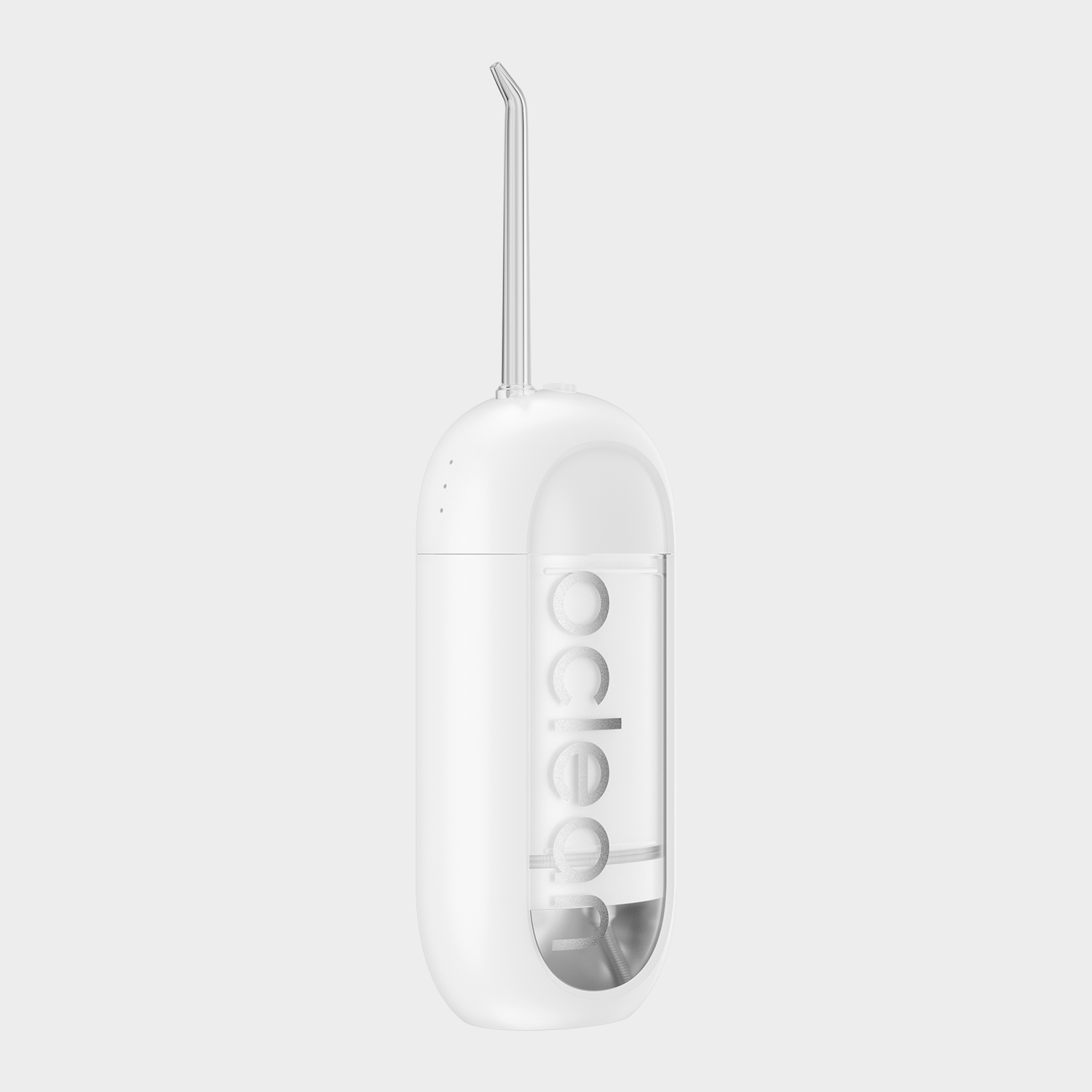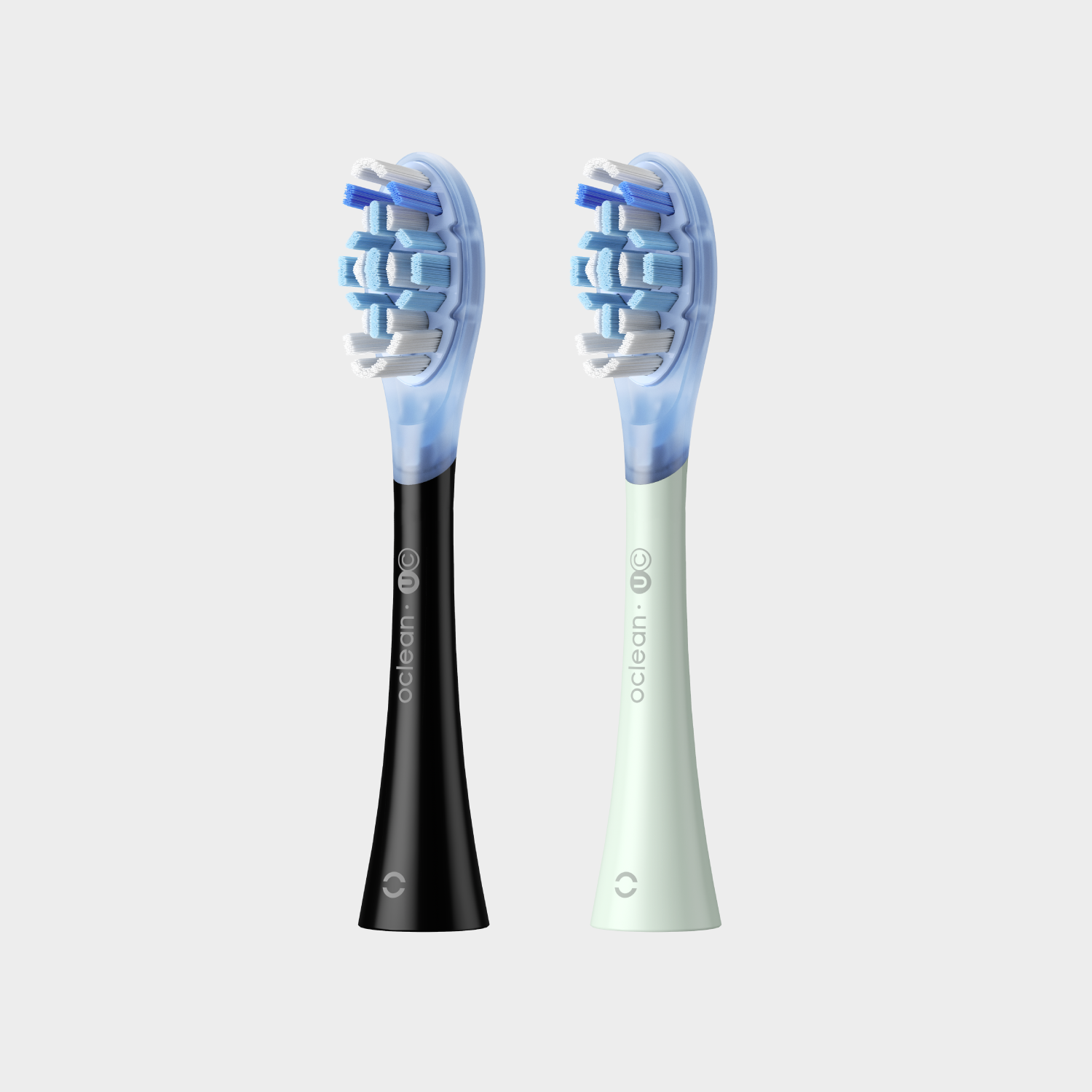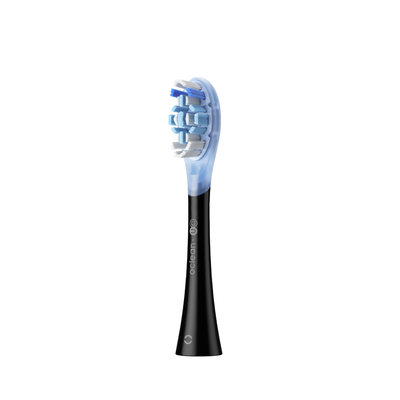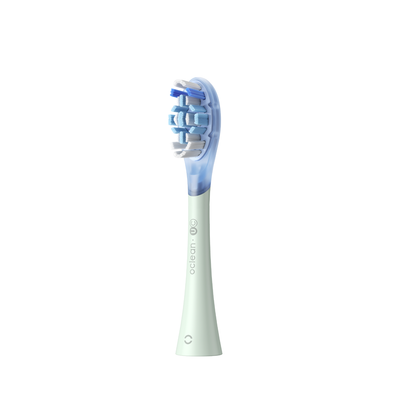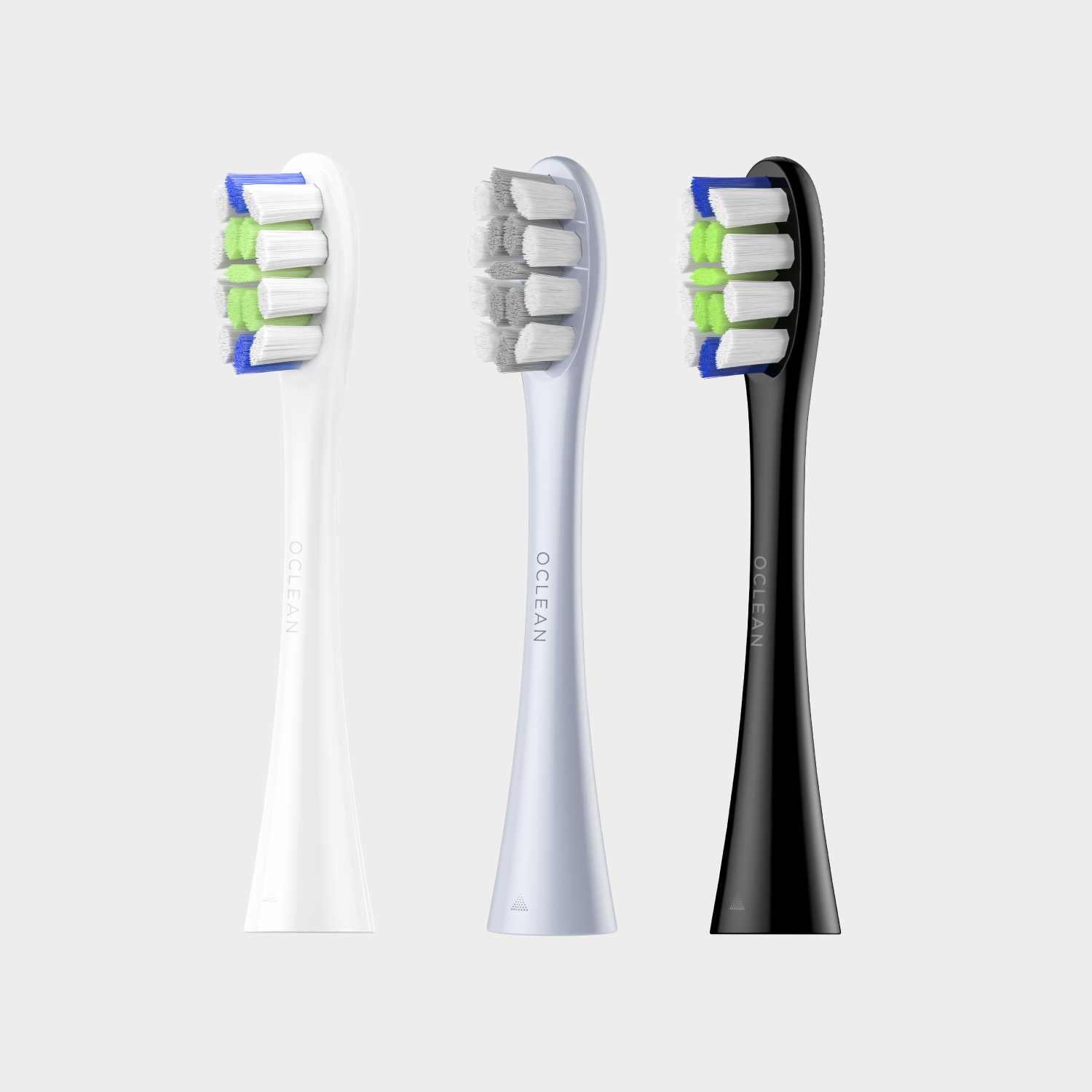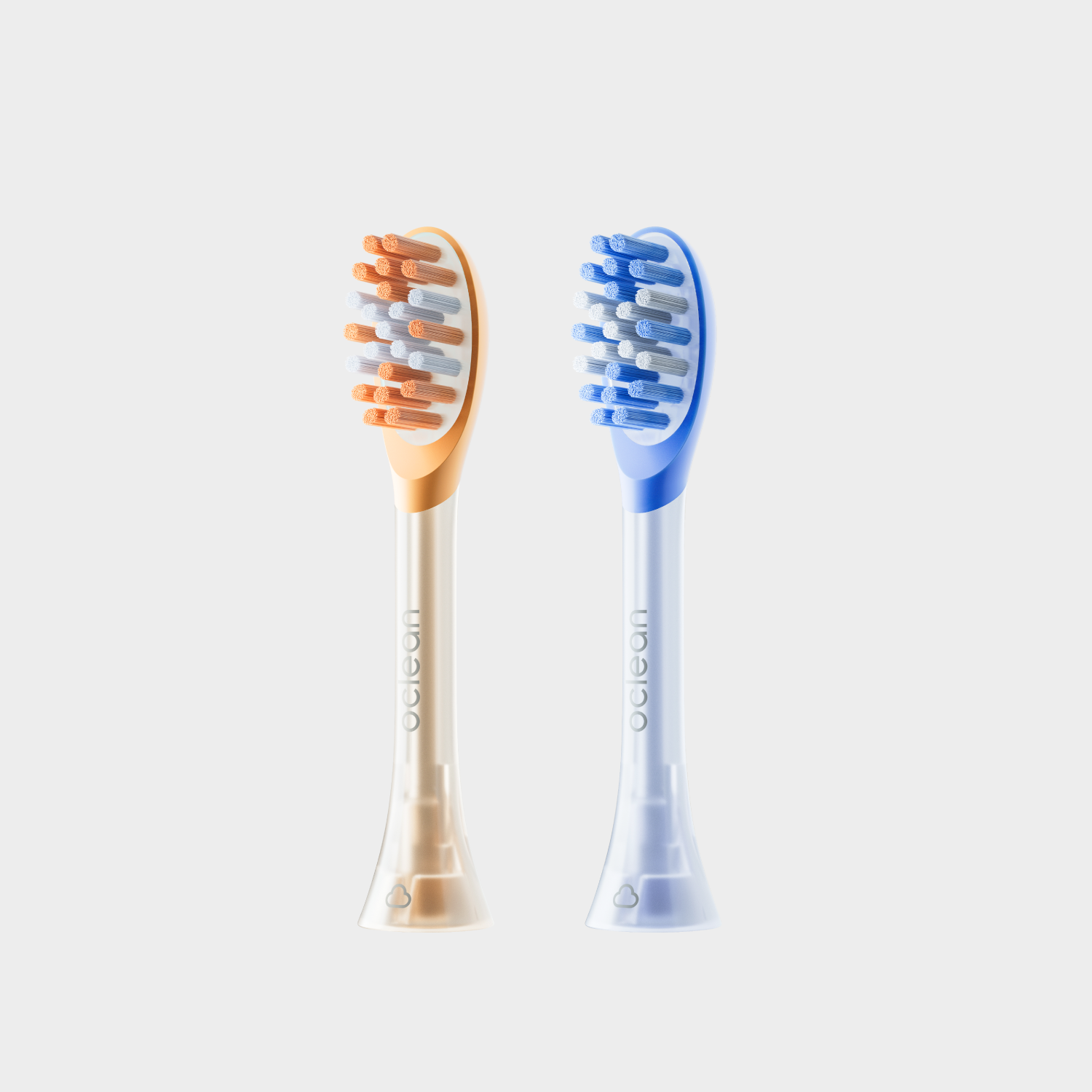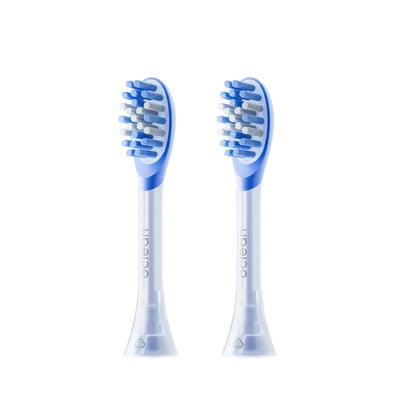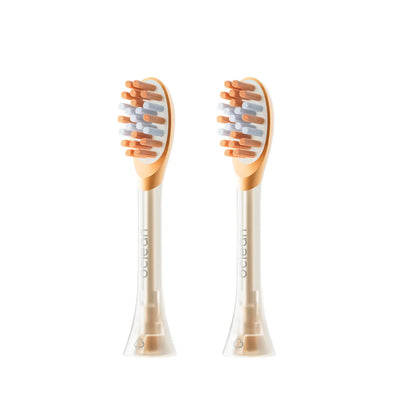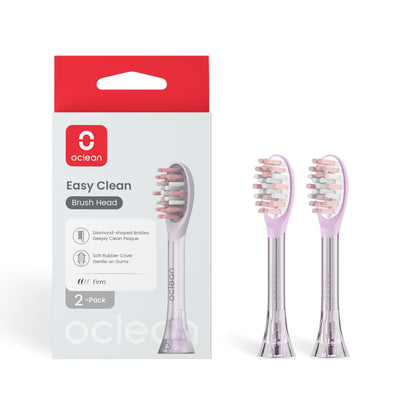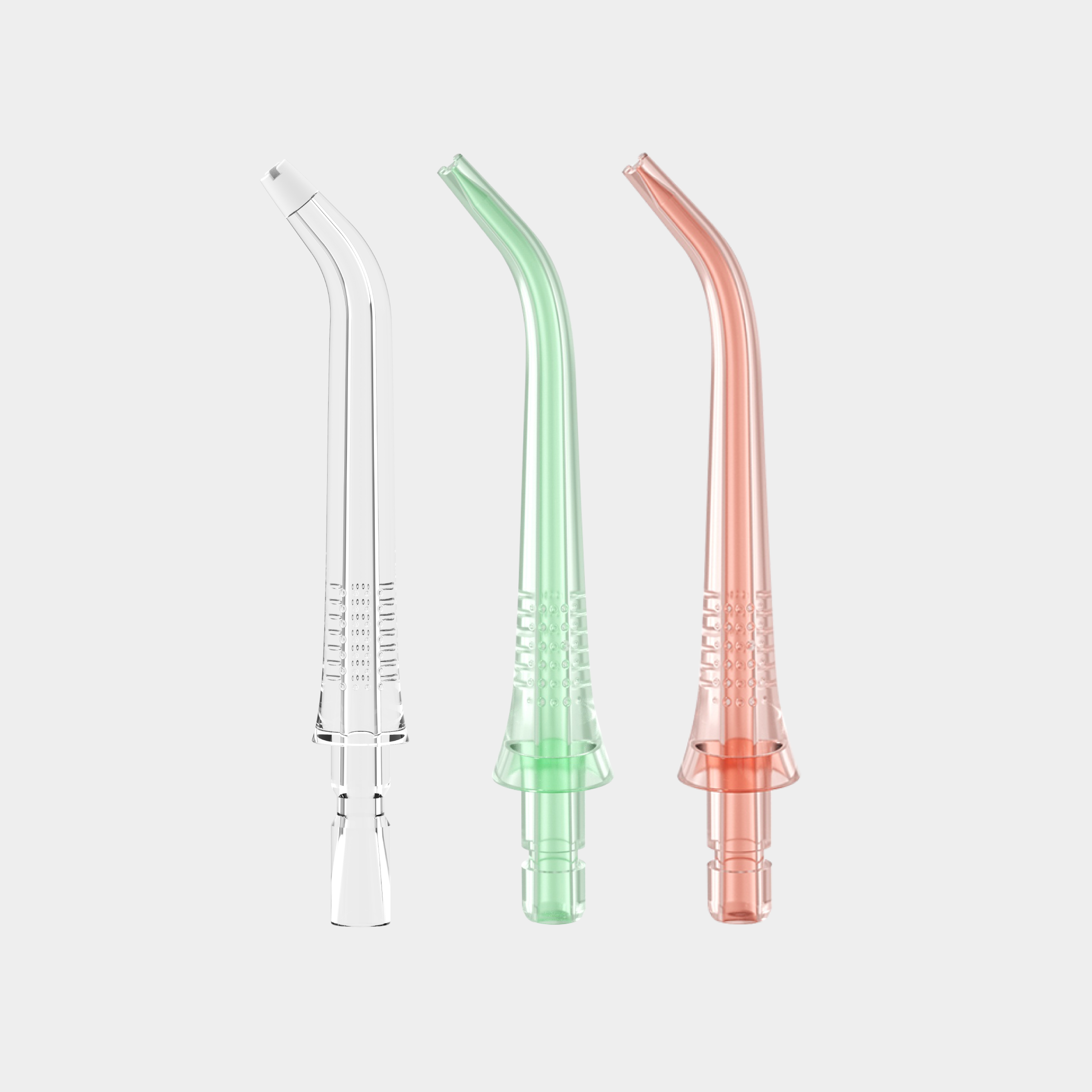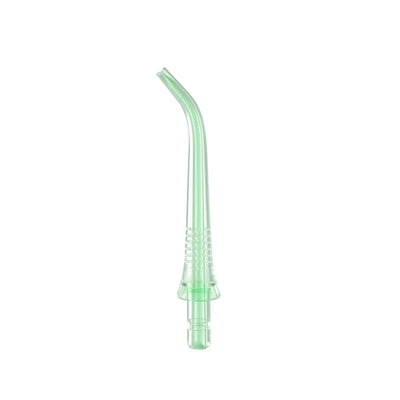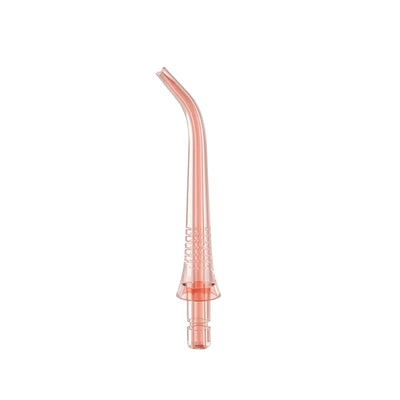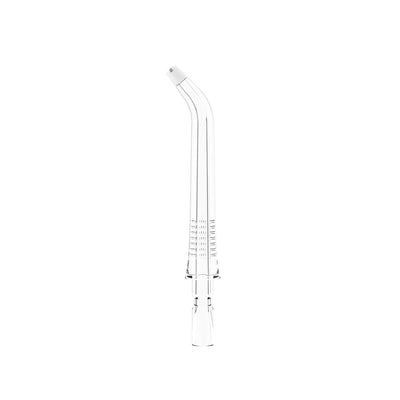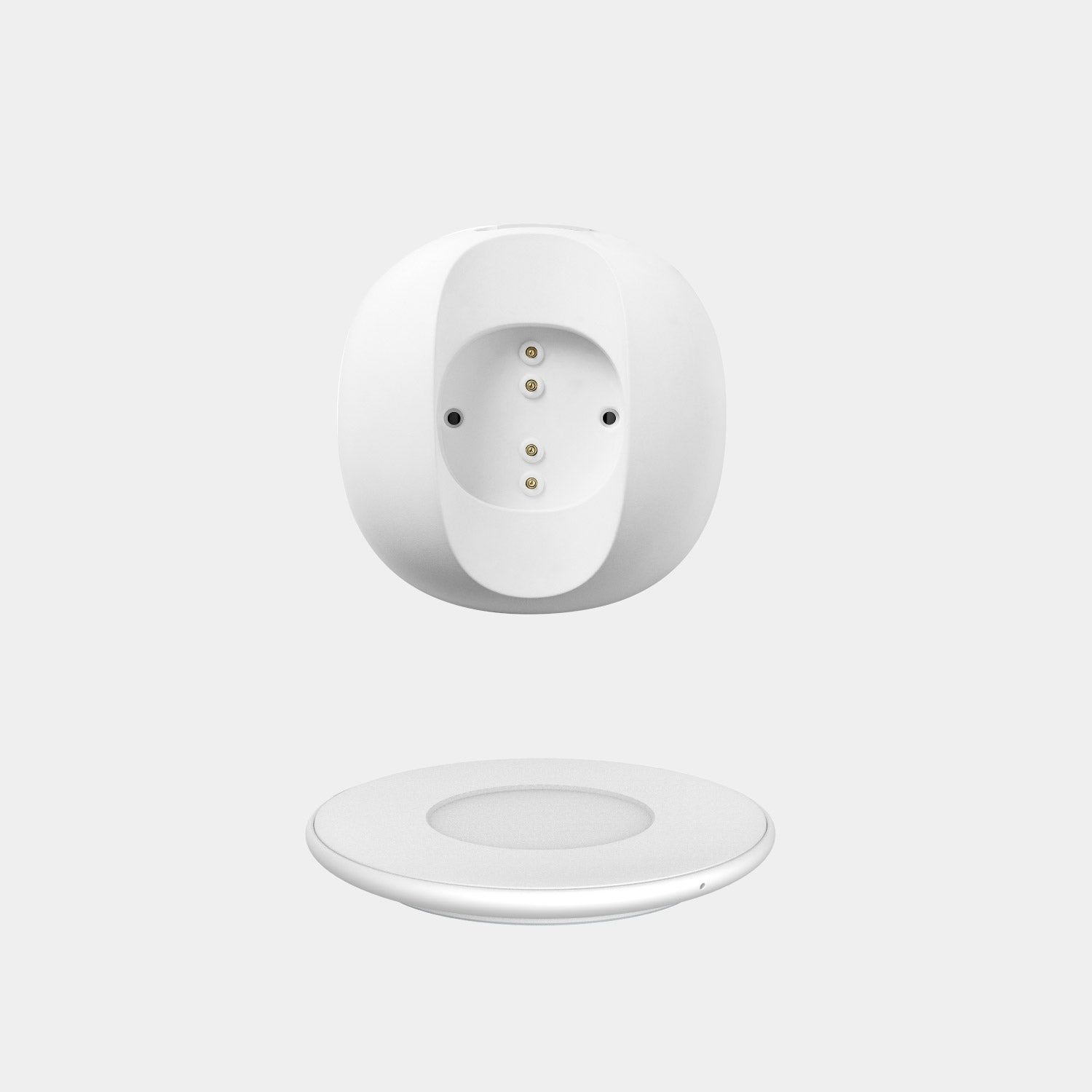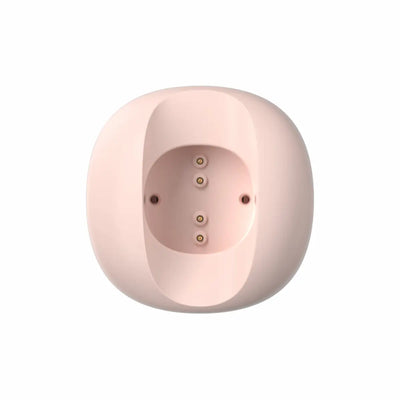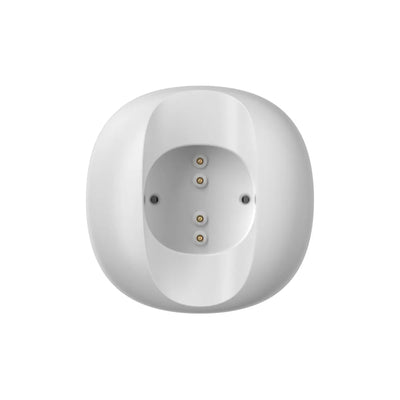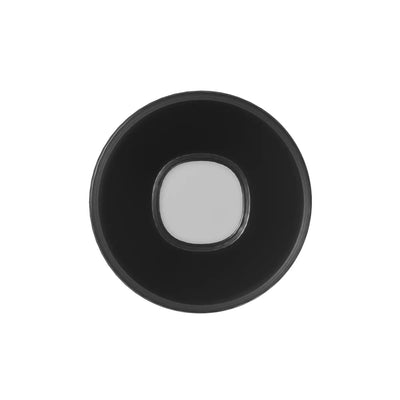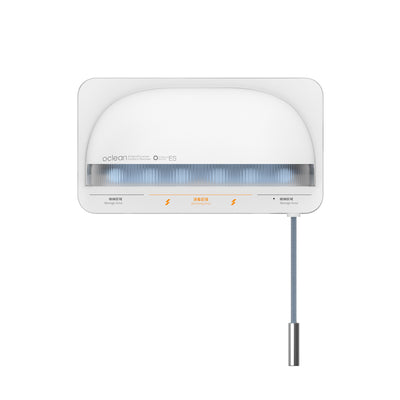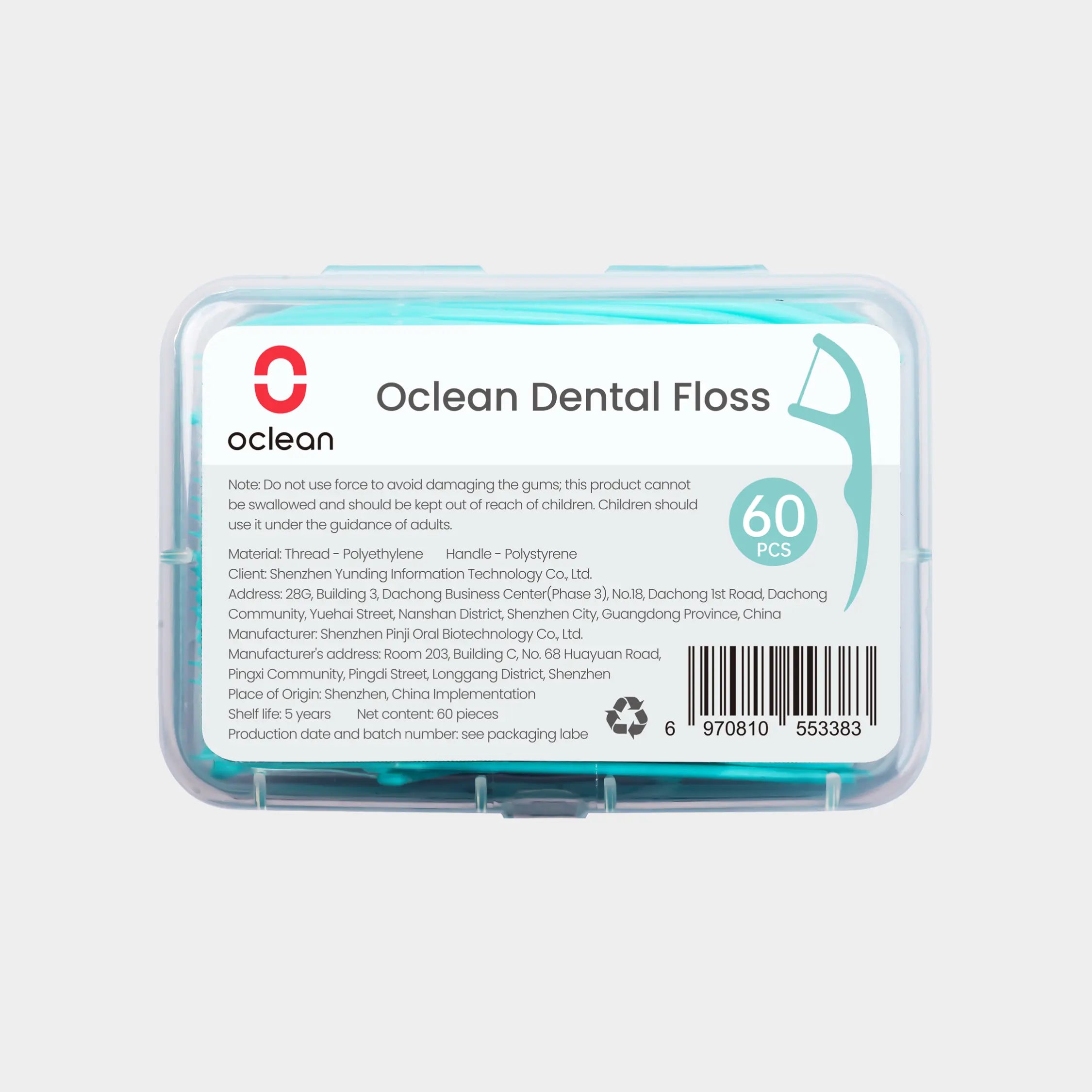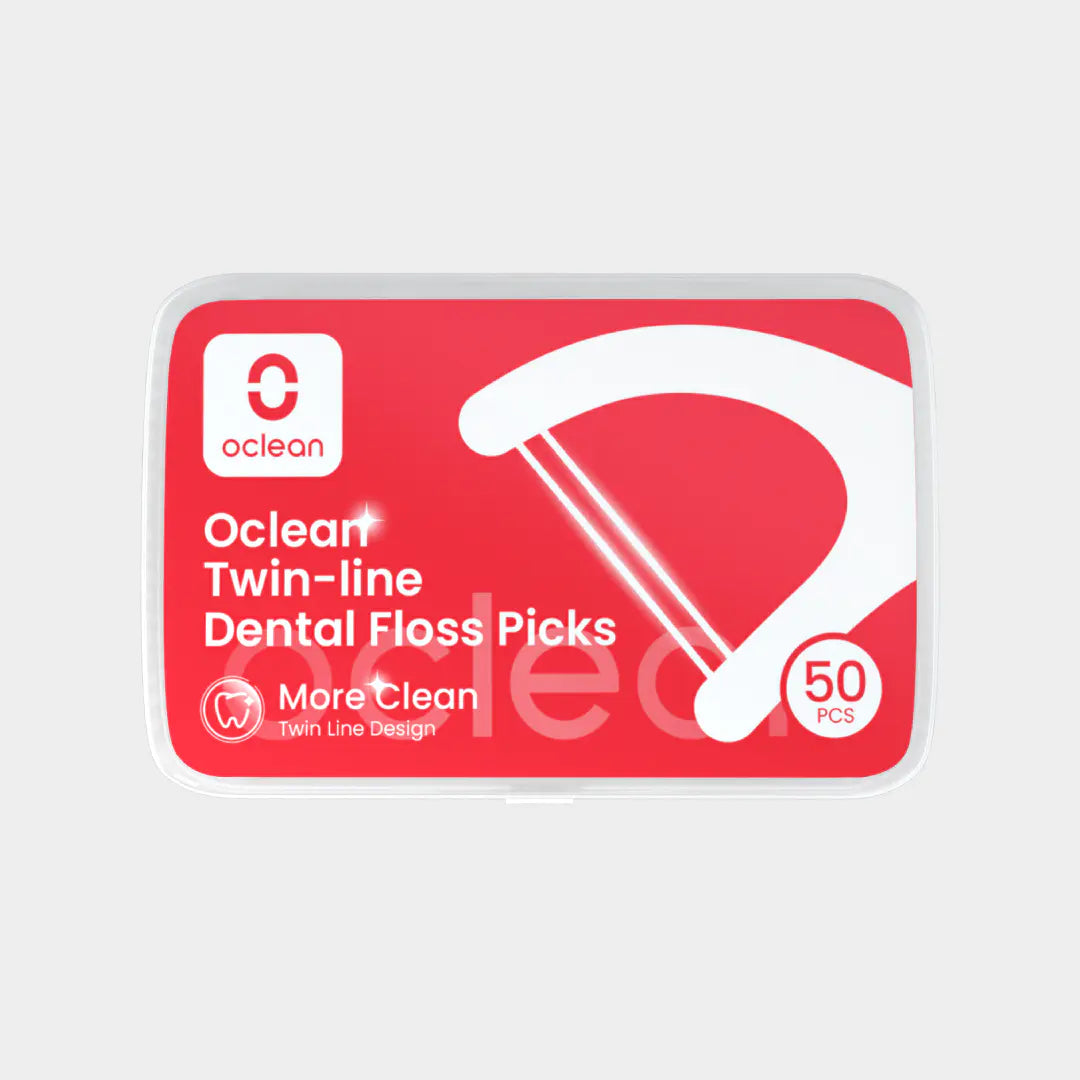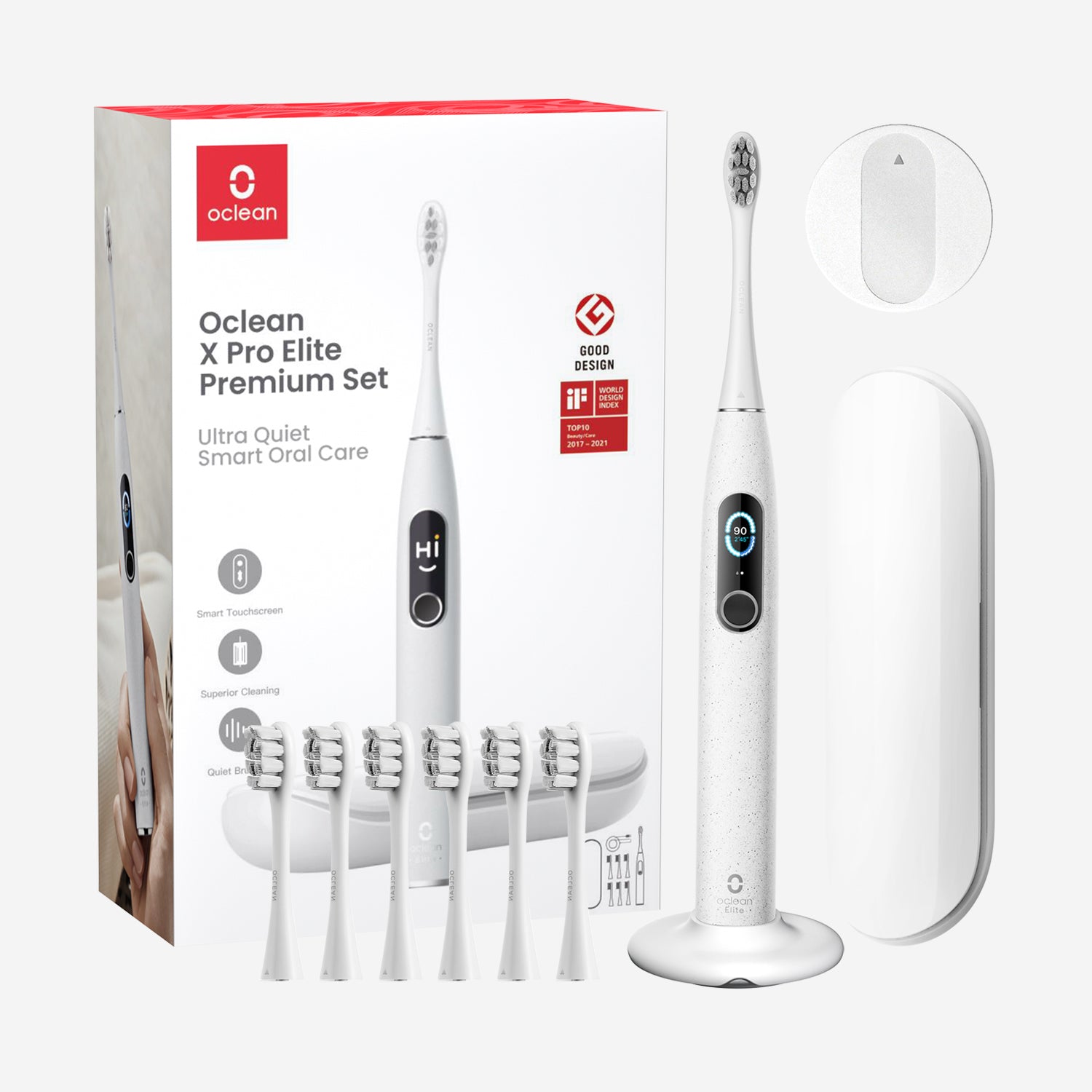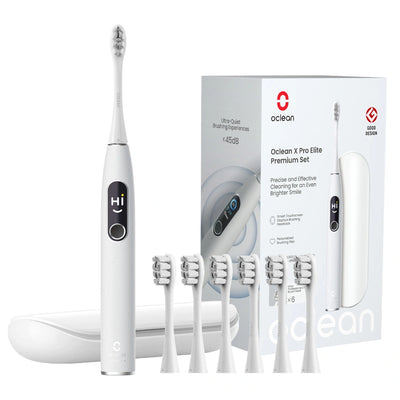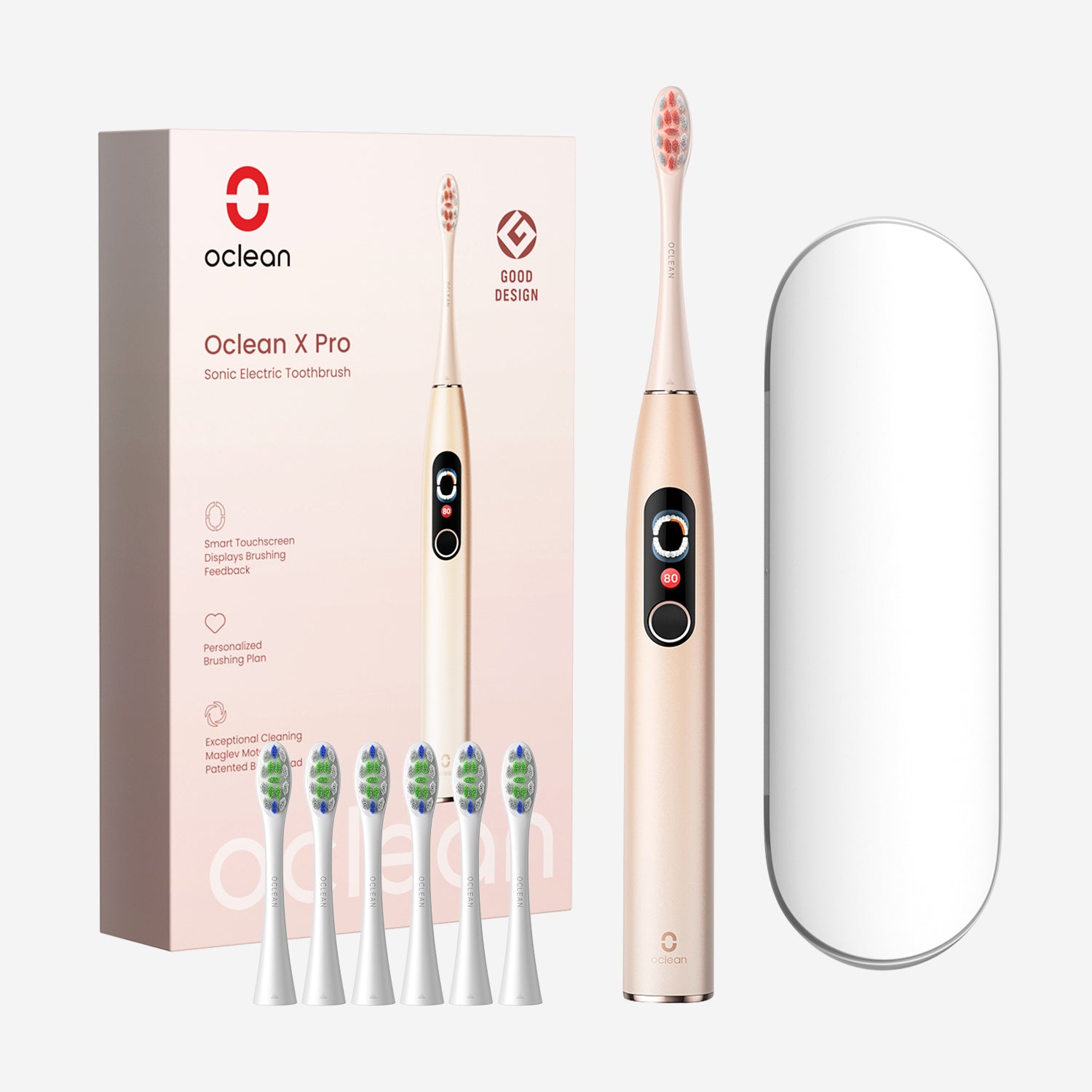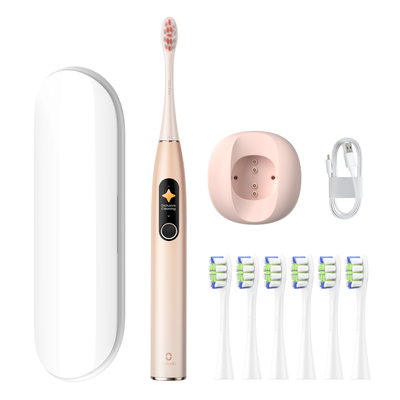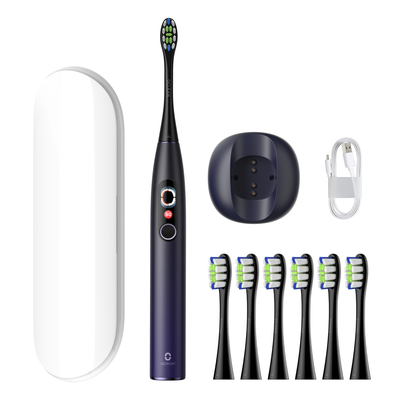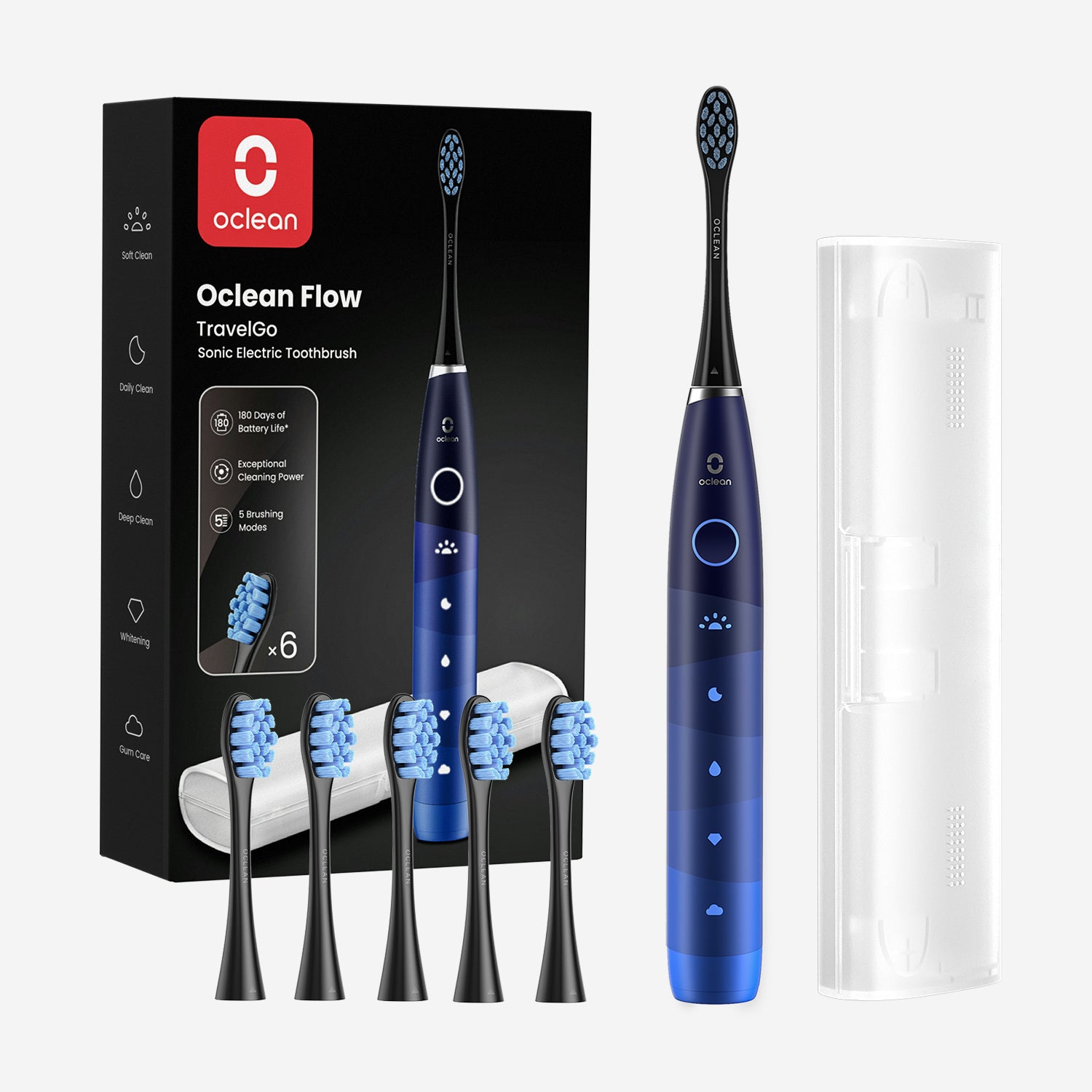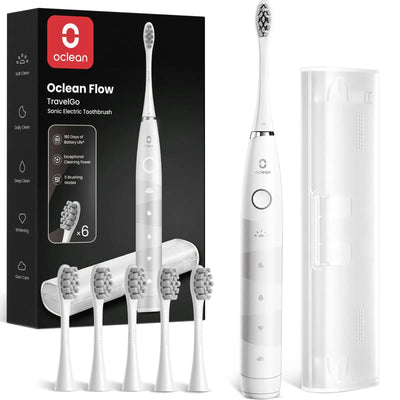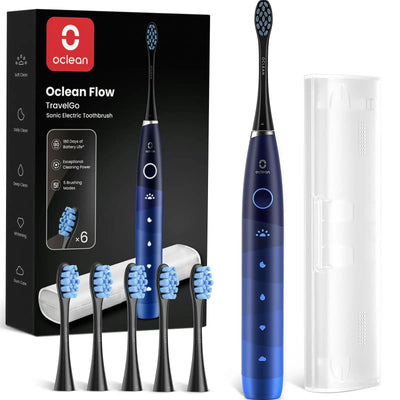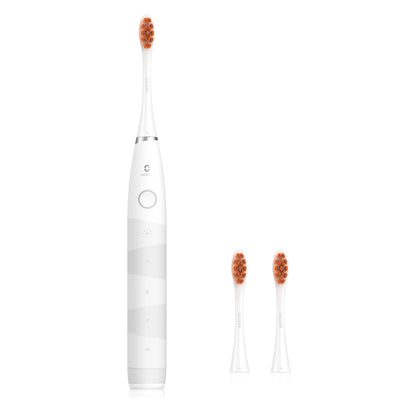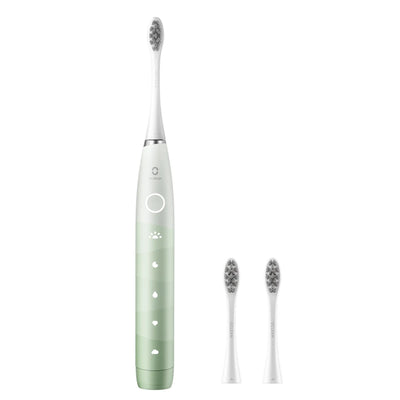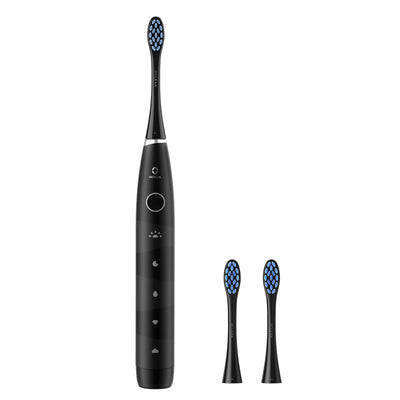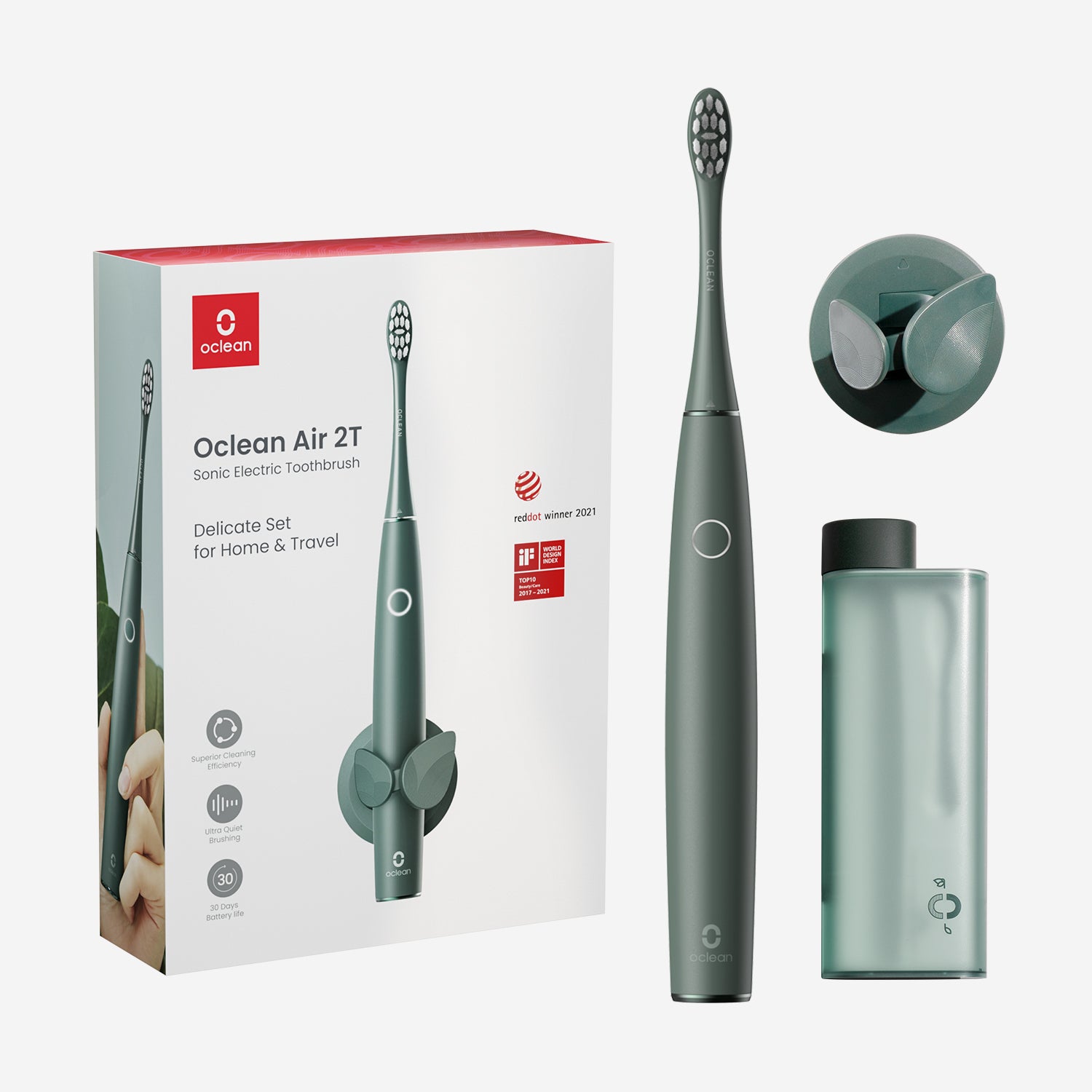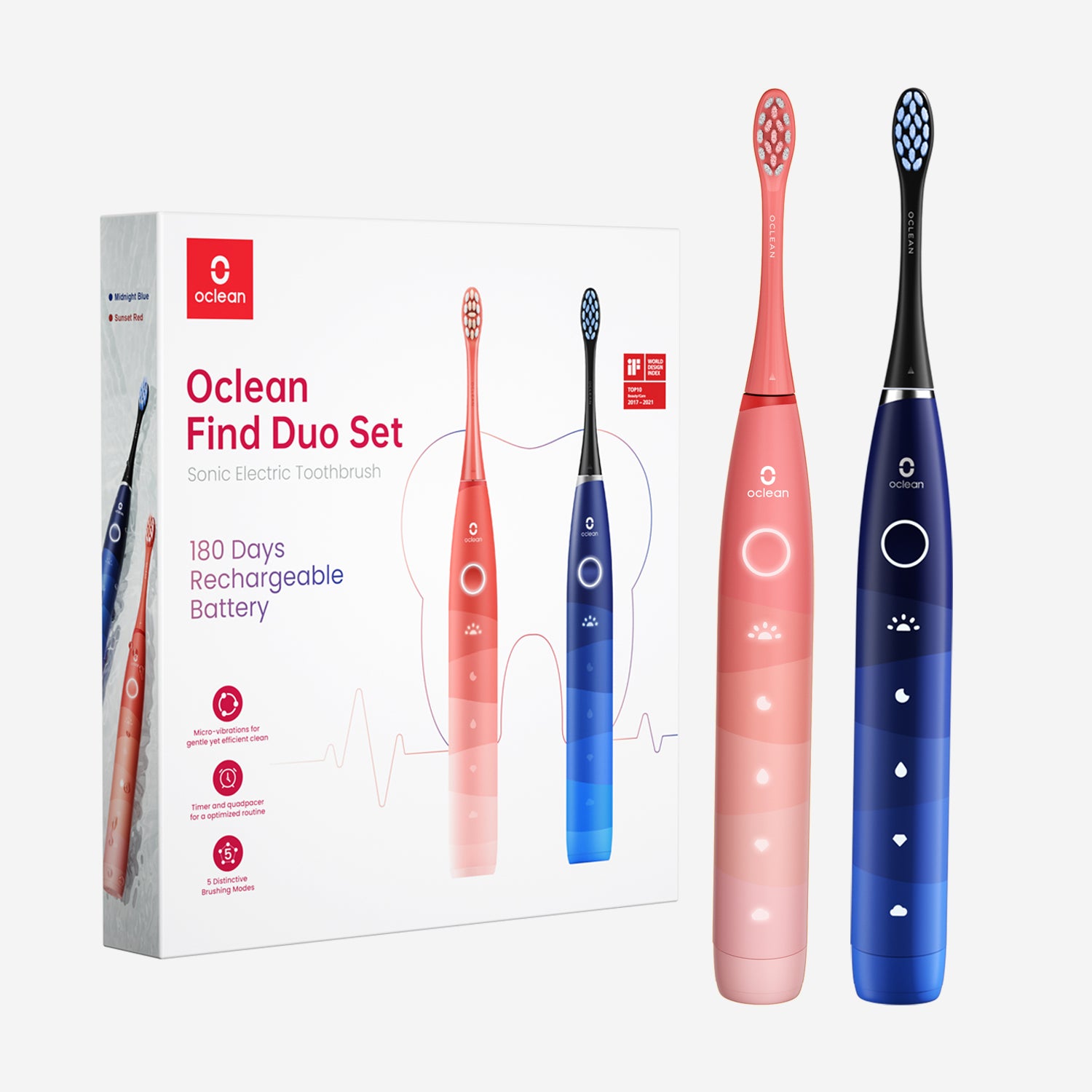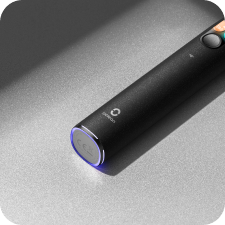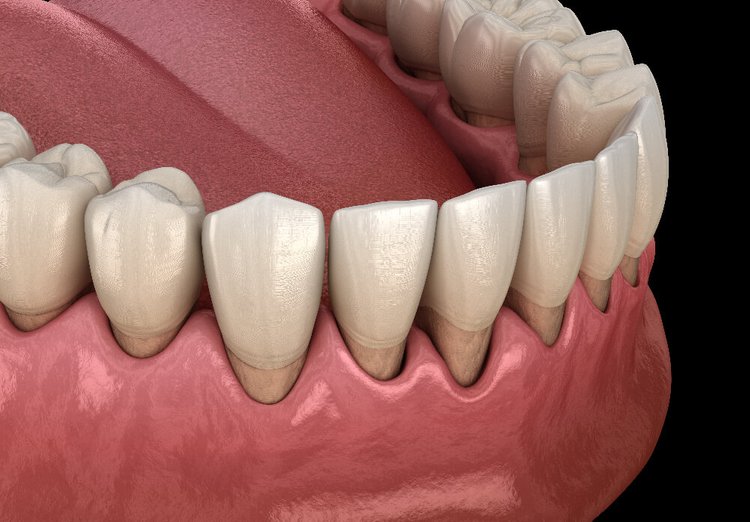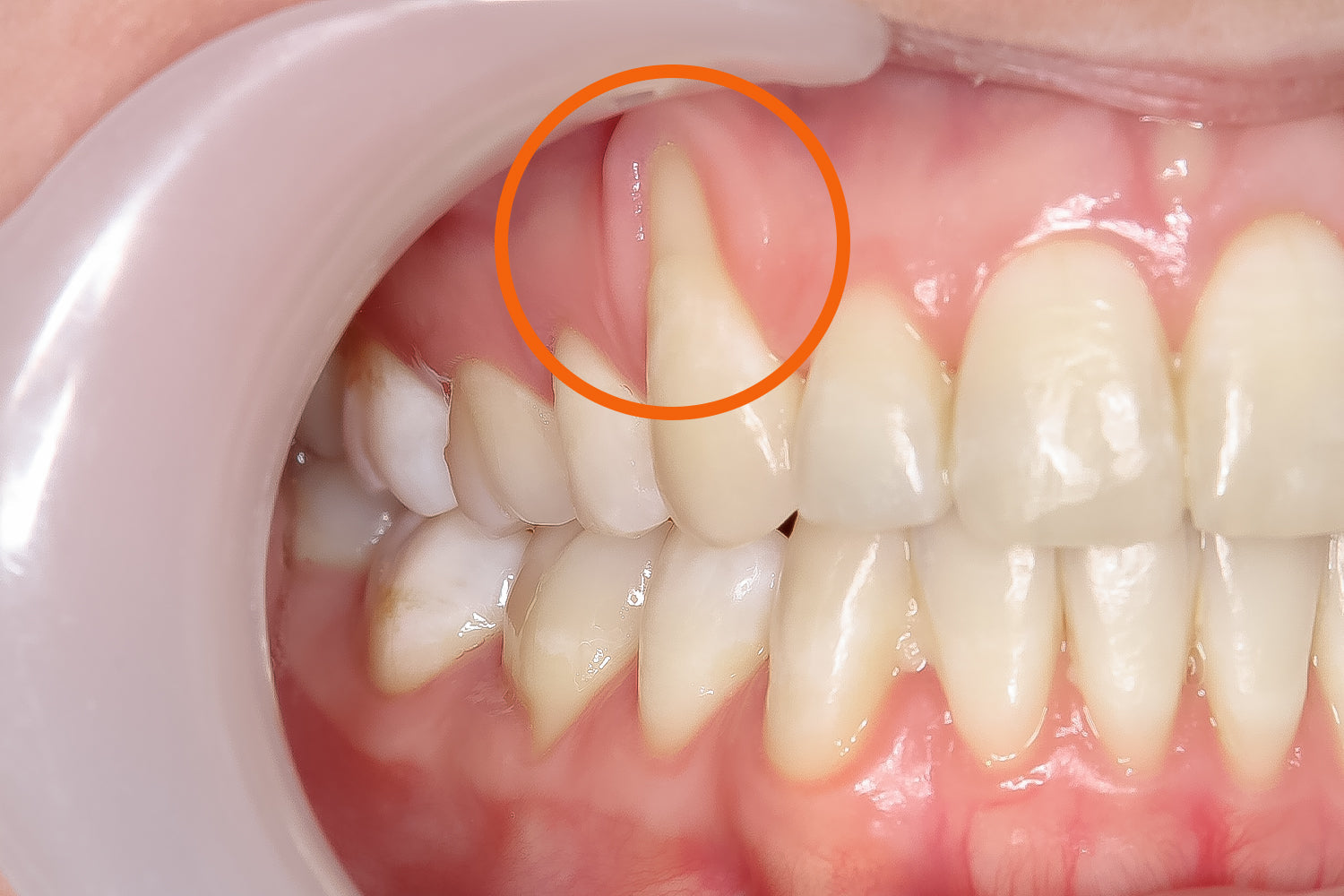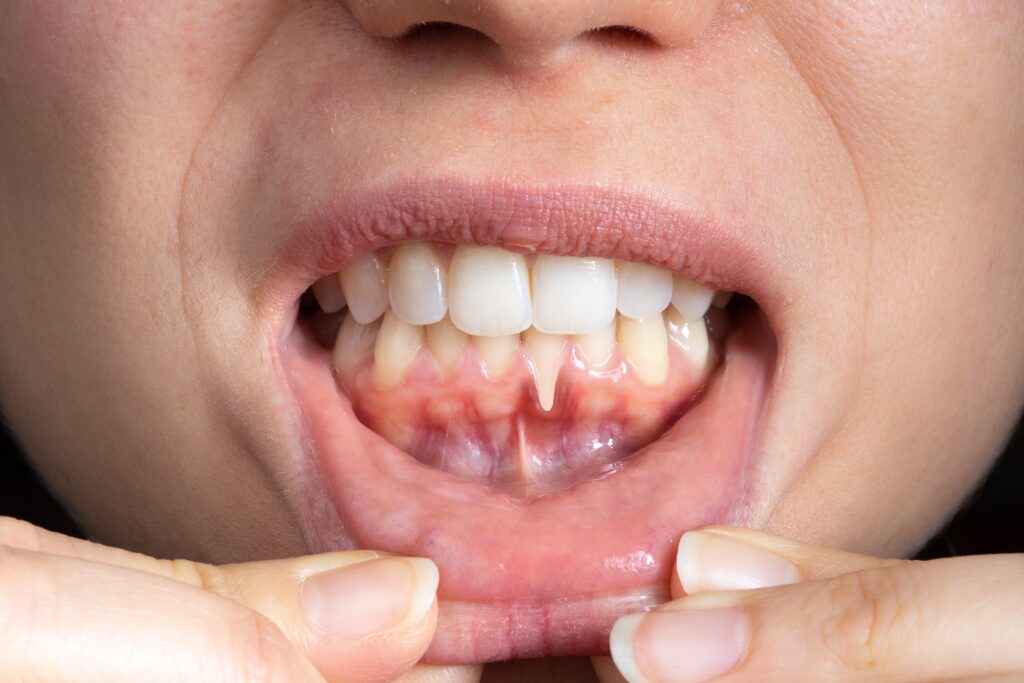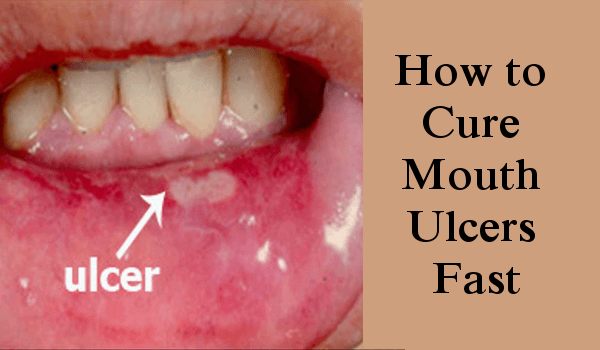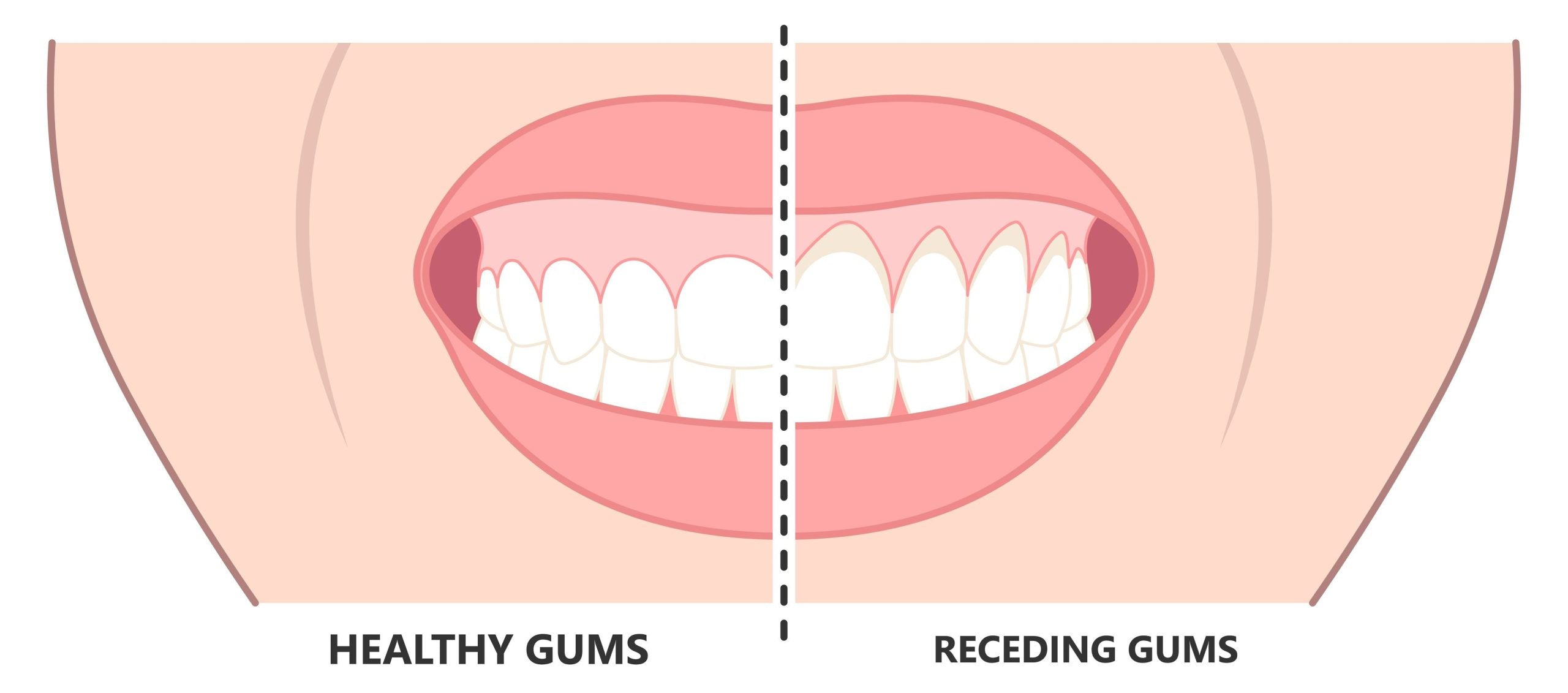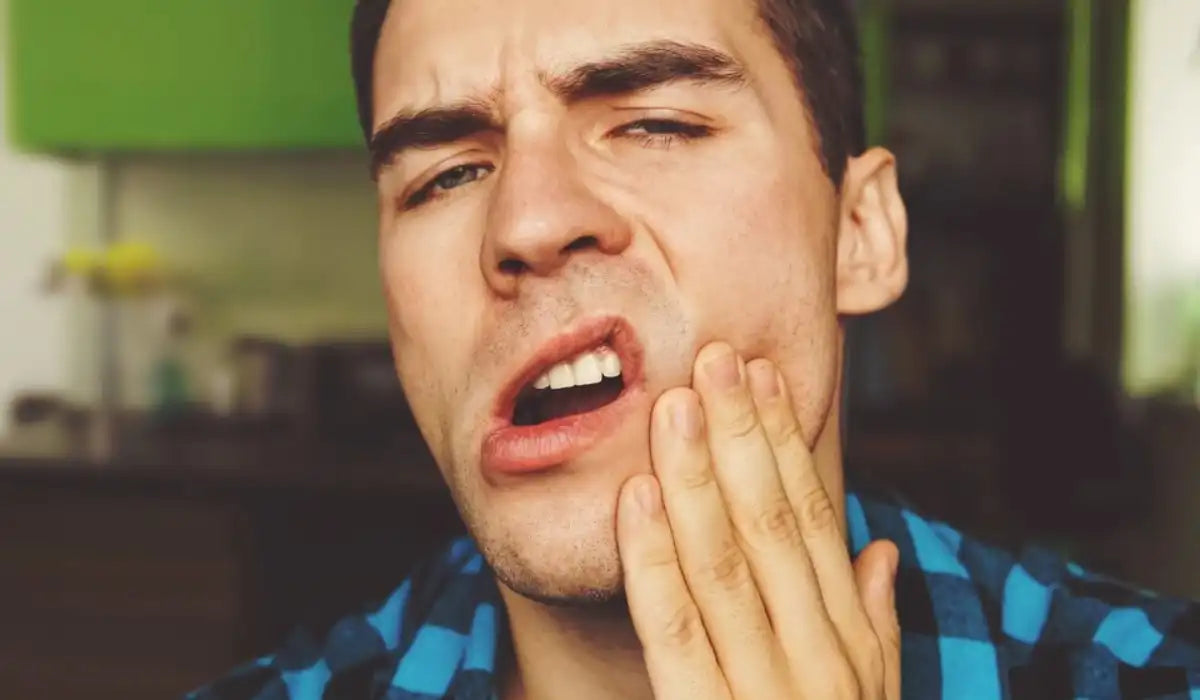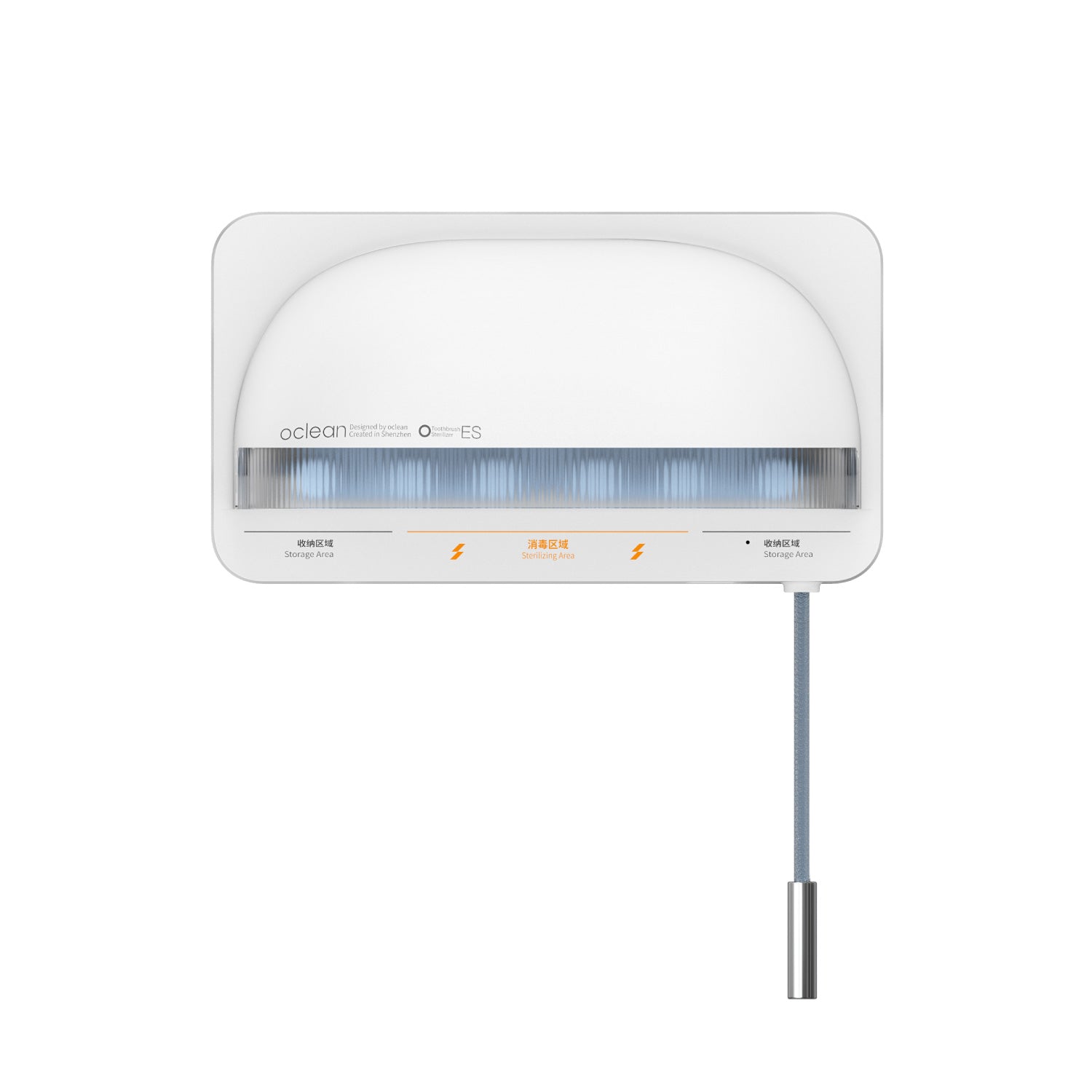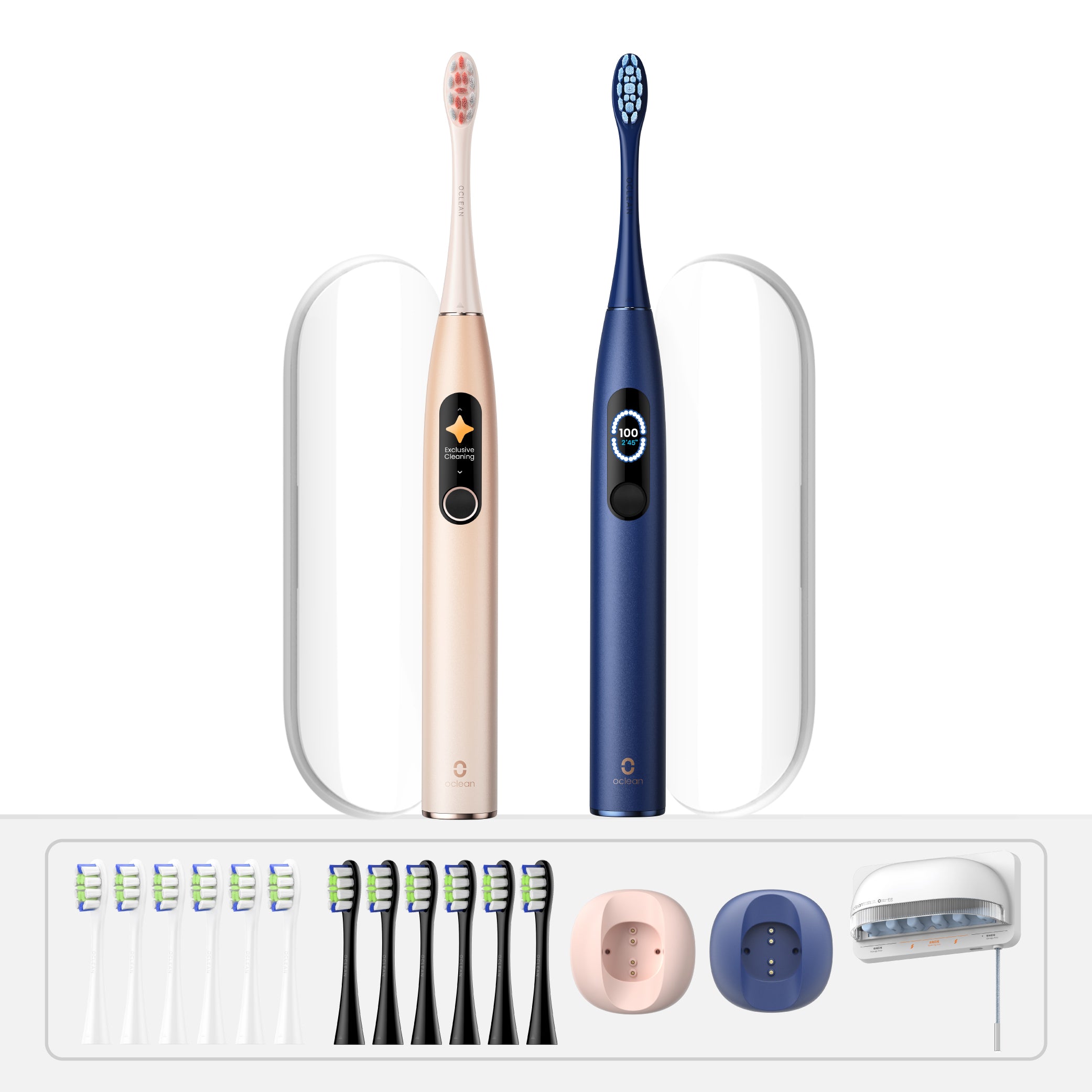What is Gingivitis?
Gingivitis is the most common type of gum disease affecting children and adults, typically caused by plaque buildup on your teeth and other oral problems. It is the mild form of this oral disease, characterized by gum inflammation, irritation, and sometimes bleeding.
Common Causes of Gingivitis
The main cause of gingivitis is poor oral hygiene, which leads to plaque and tartar accumulation. As a result of this buildup, the soft tissues surrounding your teeth get swollen and irritated, leading to inflammation and, if not treated, infection.
However, other causes of gingivitis can include smoking, certain medications, chronic diseases like diabetes, and hormonal changes during puberty or pregnancy. While these causes can be harder to deal with or sometimes inevitable, plaque buildup can be easily prevented with the appropriate hygiene measures, turning gingivitis into a highly frequent but preventable disease.
Difference Between Gingivitis and Periodontitis
Gingivitis refers to the early and reversible stage of gum disease. It is its mild presentation, where only soft tissues are swollen or infected, allowing you to revert the inflammation process and prevent more damage with the appropriate measures. Periodontitis, on the other hand, is the advanced stage of gum disease, typically related to bone loss, gum recessions, periodontal pockets, and even tooth loss. Unfortunately, this stage is irreversible, leading to complex and expensive professional dental treatments.
As a result, it is essential to prevent gum disease with the correct hygiene measures or treat it in its early stages to prevent the severe consequences that may appear.
Signs and Symptoms to Look For
Early signs of gingivitis include red, swollen, or bleeding gums, especially during brushing or flossing—although it can also occur spontaneously. Other red flags are bad breath (halitosis) and gum sensitivity that may appear as tenderness or mild discomfort at the touch—yet, these last symptoms are less frequent and usually related to the severe stage of the disease.
However, regardless of how insignificant these symptoms may appear, they should not be ignored or belittled as they can easily turn into more severe and complex issues. Keep in mind that gingivitis rarely hurts, but it often signals deeper problems.
What We Understand as Contagious
The term contagious describes how a disease can spread from one person to another via pathogens. These pathogens can be transmitted between individuals, leading to the disease or infection. While gingivitis isn’t contagious in the traditional sense—as there’s not a unique pathogen related to its appearance—, the bacteria that lead to gum disease can spread through saliva, increasing the risk of developing the disease if the other person’s hygiene is inadequate. However, this interaction depends on multiple factors including the receiver’s overall health, systemic conditions, and medications.
Can Gingivitis Spread Between People?
While gingivitis itself isn’t contagious in the traditional way—like catching a cold or chicken pots—, the bacteria in your mouth that cause gingivitis can be transmitted through saliva to another person. However, passing these potentially harmful bacteria from one mouth to another doesn’t necessarily mean you’ll get gingivitis. Next, you’ll find the most common potential situations where gingivitis can be transmitted:
Is Gingivitis Contagious by Kissing?
Your saliva plays an essential role in protecting oral tissues—teeth and gums—from common harmful bacteria. However, it can also be a conduit for unwanted microbes. Therefore, while you can transmit gingivitis-inducing bacteria by kissing, the risk of developing the disease is frankly low.
The probability of catching the disease will depend on your immune response, the presence of certain risk factors, and your oral hygiene habits. The more protected you are, the less likely it is for those harmful bacteria to induce gum disease. On the contrary, having multiple risk factors like smoking, diabetes, a weaker immune system, or poor oral hygiene can increase the chance of getting the disease. In other words, if your partner has gum disease, but you brush, floss, and keep your mouth in top shape, you’re far less likely to be affected.
Can I Give Gingivitis to My Children?
As bacteria can be transmitted through saliva from one mouth to another, caregivers can pass oral bacteria to children through close contact activities like sharing utensils, pacifiers, kisses, or even close contact.
While transmitting bacteria doesn’t equal gingivitis, young children have a higher risk of developing the disease due to their immature immune systems. In fact, some recent studies show that children with parents with gingivitis have a higher risk of having gum disease than those who don’t. Therefore, as a parent, it is essential to keep a healthy mouth and emphasize proper oral care early on while decreasing bacteria-transmitting activities with children.
Is Gingivitis Contagious by Sharing A Drink?
Similarly to the other two cases, transmitting bacteria through saliva by drinking from the same cup does not immediately translate into gingivitis. It will also depend on the individual immune response and other risk factors associated, like oral hygiene.
However, keep in mind that people with compromised oral health will be more prone to bacteria, making them a vulnerable target at home. Thus, you should consider minimizing sharing drinks from the same cup with family and friends if you already have gum disease, to bring contagion to a minimum.
Tips to Prevent Gingivitis and Avoid Transmission
The good news is that gingivitis is preventable with the appropriate hygiene measures. Reducing plaque and tartar buildup can considerably reduce the risk of having gum disease while also preventing decay and other common oral issues. Therefore, here you have some valuable recommendations to keep your gums in great shape and prevent bacteria from spreading:
Daily Habits for Healthy Gums
Even the most simple habits can make an enormous difference in your oral health if you are consistent:
● Consider brushing your teeth three times or at least twice daily, putting emphasis on brushing before going to bed as it is the most important brushing of the day.
● Use the appropriate manual toothbrush with soft or medium bristles or a sonic electric toothbrush like the Oclean X Pro Elite to remove dental plaque completely without effort.

●Use an alcohol-free antimicrobial mouthwash, following your dentist’s recommendations.
● Floss every day to remove any food debris between your teeth or use a water flosser if you find flossing difficult. Find more about these products here.
● Avoid sugary snacks or replace them with healthy treats like fruits, nuts, or smoothies.
Also, consider replacing your toothbrush or toothbrush head every 3 months to prevent bacteria accumulation. Additionally, keep your brushes—electric or manual—properly stored and clean while keeping them away from other toothbrushes to prevent cross-contamination between family members.
When to Consider Professional Help
Schedule a dental appointment if you notice the first sign of gingivitis or have a family history of gum disease or any other risk factor previously mentioned. Attend regular check-ups at least twice yearly to remove all the tartar and plaque that the toothbrush cannot eliminate at home. Remember that early professional intervention saves money and teeth.
How to Treat Gingivitis
Importance of Oral Hygiene
Oral hygiene is the first and most important line of defense against gum disease, whether gingivitis or periodontitis. Flossing and brushing your teeth daily with fluoride toothpaste is the most efficient way to keep your gumline healthy and free of harmful bacteria. More importantly, keep in mind that consistent habits allow you to reverse gingivitis and its early signs, preventing it from turning into periodontitis.
The Role of Dental Flossing
Flossing is essential to remove all the dental plaque the toothbrush can’t reach. It removes bacteria between your teeth but also under the gumline, getting rid of bacteria in one of the most challenging areas in your mouth. Yet, if you find manual flossing difficult or too demanding, you can also consider using a water flosser like Oclean AirPump A10.
Professional Dental Cleaning
Although the appropriate hygiene routine can prevent multiple oral problems, only professional cleaning can remove tartar when it’s already built on your teeth. Dental cleanings are also a great opportunity to catch oral issues early, preventing expensive and complex procedures. Experts recommend cleaning your teeth with a professional dental care provider every six months, or even more often if you have risk factors.
Conclusion
So, is gingivitis contagious? Technically, no—but the bacteria behind it can spread through saliva, which means prevention is essential. Although passing harmful bacteria is possible from one person to another, it doesn’t directly translate into having the disease. In the end, it all comes down to your hygiene measures, overall health, and immune system.
Finally, keeping your mouth clean and healthy with reliable oral care tools—like OClean’s smart toothbrushes and flossers—gives you exactly what you need. Not only do you protect your own gums, but you help break the cycle of bacteria transfer in your family or relationships.
References
1. Institute for Quality and Efficiency in Health Care (IQWiG). (2023, August 23). Overview: Gingivitis and periodontitis. InformedHealth.org - NCBI Bookshelf. https://www.ncbi.nlm.nih.gov/books/NBK279593/
2. Pihlstrom, B. L., Michalowicz, B. S., & Johnson, N. W. (2005). Periodontal diseases. Lancet (London, England), 366(9499), 1809–1820. https://doi.org/10.1016/S0140-6736(05)67728-8
3. Scannapieco, F. A., & Gershovich, E. (2020). The prevention of periodontal disease-An overview. Periodontology 2000, 84(1), 9–13. https://doi.org/10.1111/prd.12330
4. Greenstein, G., & Lamster, I. (1997). Bacterial Transmission in Periodontal Diseases: A Critical review. Journal of Periodontology, 68(5), 421–431. https://doi.org/10.1902/jop.1997.68.5.421
Table of Contents

